Nazca Lines - Peru
About 400km south of Lima,
The Nazca Lines were first spotted when commercial airlines began flying across the Peruvian desert in the 1920's.
Passengers reported seeing primitive landing strips on the ground below.
The Nazca Lines are an engima. No one knows who built them or indeed why. They are formed by depressions or shallow incisions made in the soil of the Nazca Desert and were created between 500 BCE and 500 CE.
In April-May 2004 we had our third around-the-world trip. In 54 days we travelled to Auckland, Tahiti, Easter Island, Santiago, Lima, Arequipa, Colca Canyon, Sillustani, Lake Titicaca, Puno, Cusco, Sacsayhuman, Tambomachay, Machu Picchu, Aguas Calientes, Sacred Valley, Ollantaytambo, Posada Amazonas, Ica, Nazca, Paracas, Ballestas Islands, Buenos Aires, Iguazu Falls, Itaipu Dam, Rio de Janeiro,
London, St. Petersburg and Singapore.
We had a 4½-hour trip on a very comfortble luxury coach south from Lima to the town of Ica where we stayed overnight.
The next daywe had a 1½-hour drive south from Ica to Nazca for our flight over the Nasca Lines.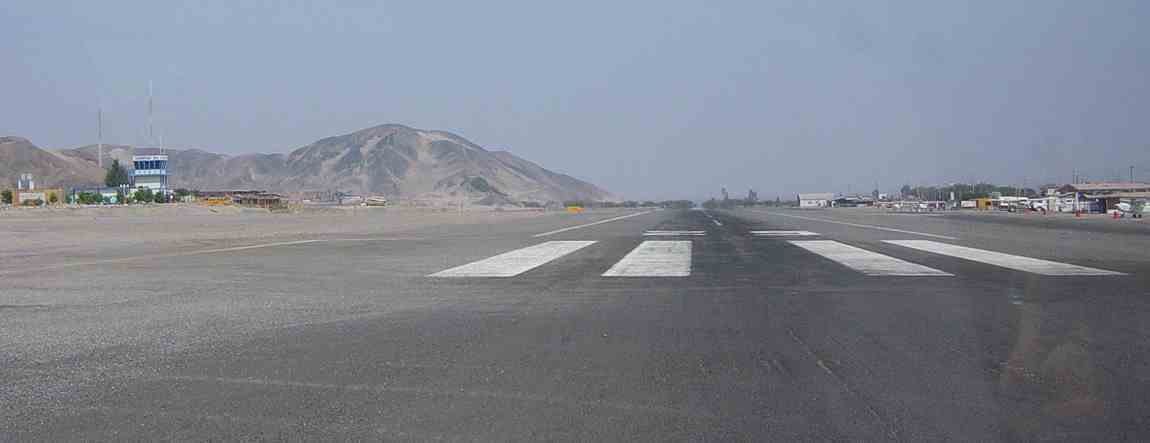
Since their discovery, the Nazca Lines have inspired fantastic explanations from ancient gods, a landing strip for returning aliens,
a celestial calendar, used for rituals or a map of underground water supplies.
In the middle of this photo is the whale as shown in the next photo.

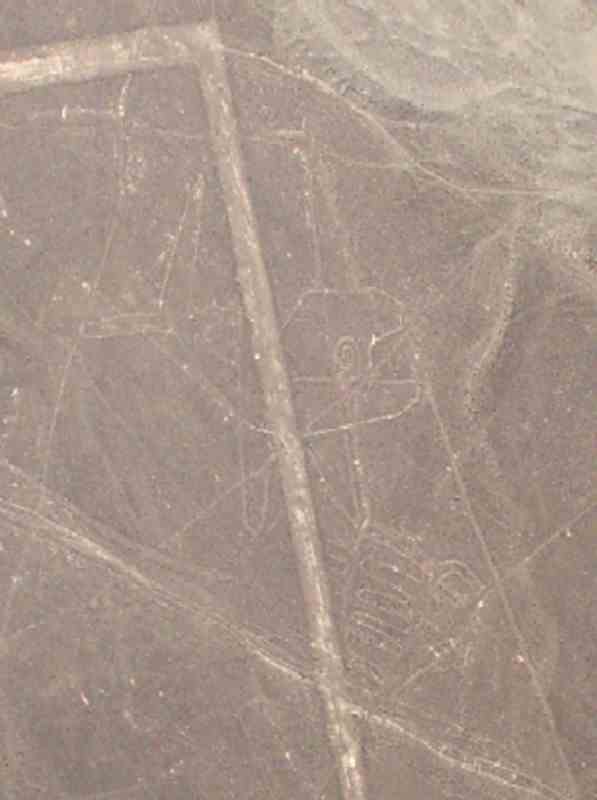
The plane flew at about a 1000 feet above the ground over the lines.
The Nazca plain has the ability to preserve the markings upon it, due to the combination of the climate (one of the driest on Earth,
with only twenty minutes of rainfall per year) and the flat, stony ground which minimises the effect of the wind at ground level.
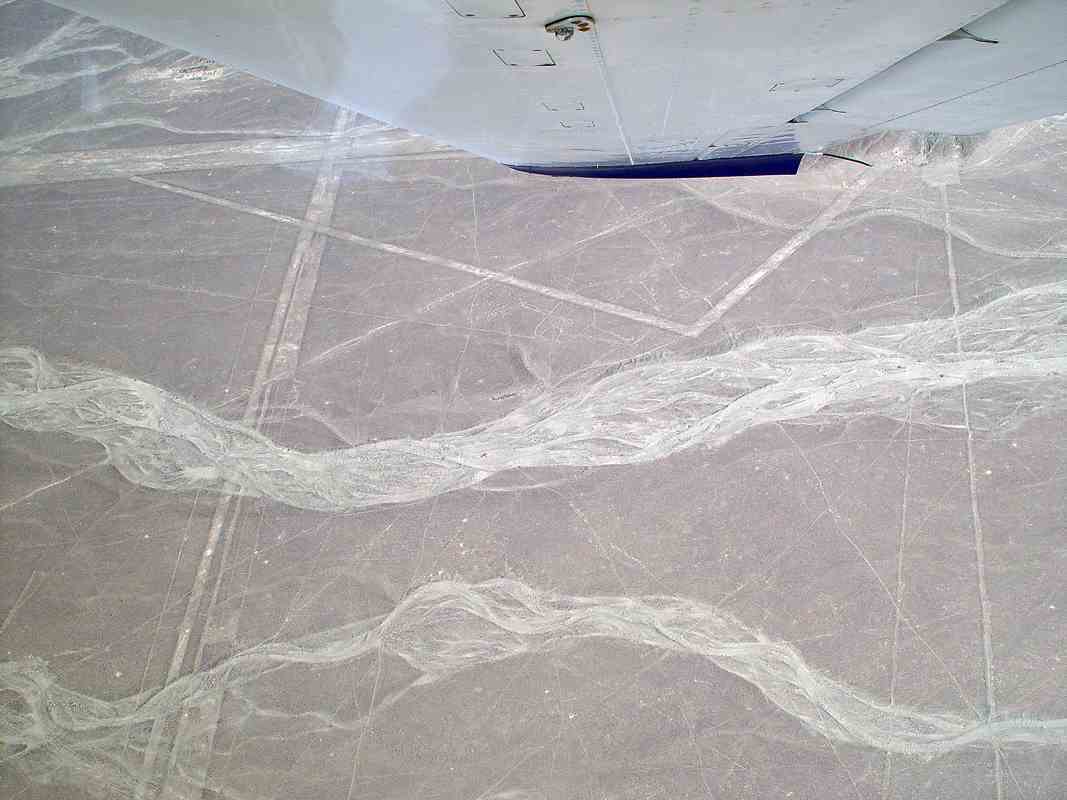
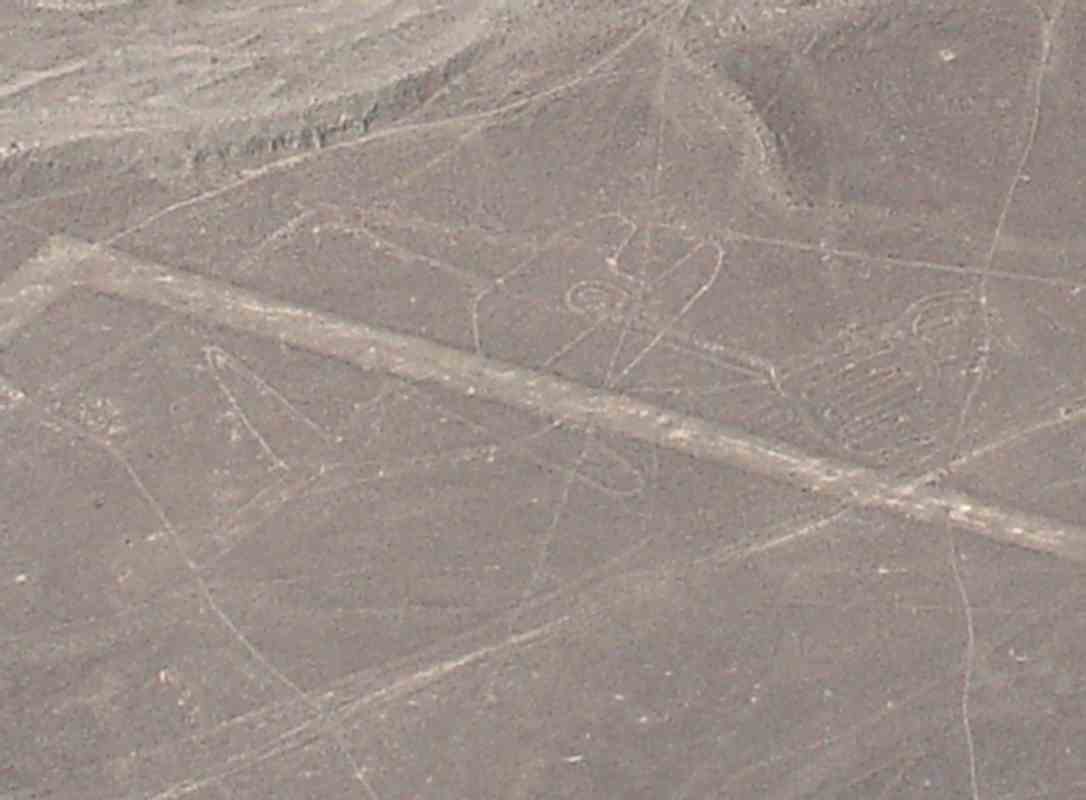
With no dust or sand to cover the plain, and little rain or wind to erode it, lines drawn here tend to stay drawn.
The pebbles which cover the surface of the desert contain ferrous oxide. The exposure of centuries has given them a dark colour.
When they are removed, the lighter-coloured subsoil beneath the desert crust creates a contrast hence creating the lines.
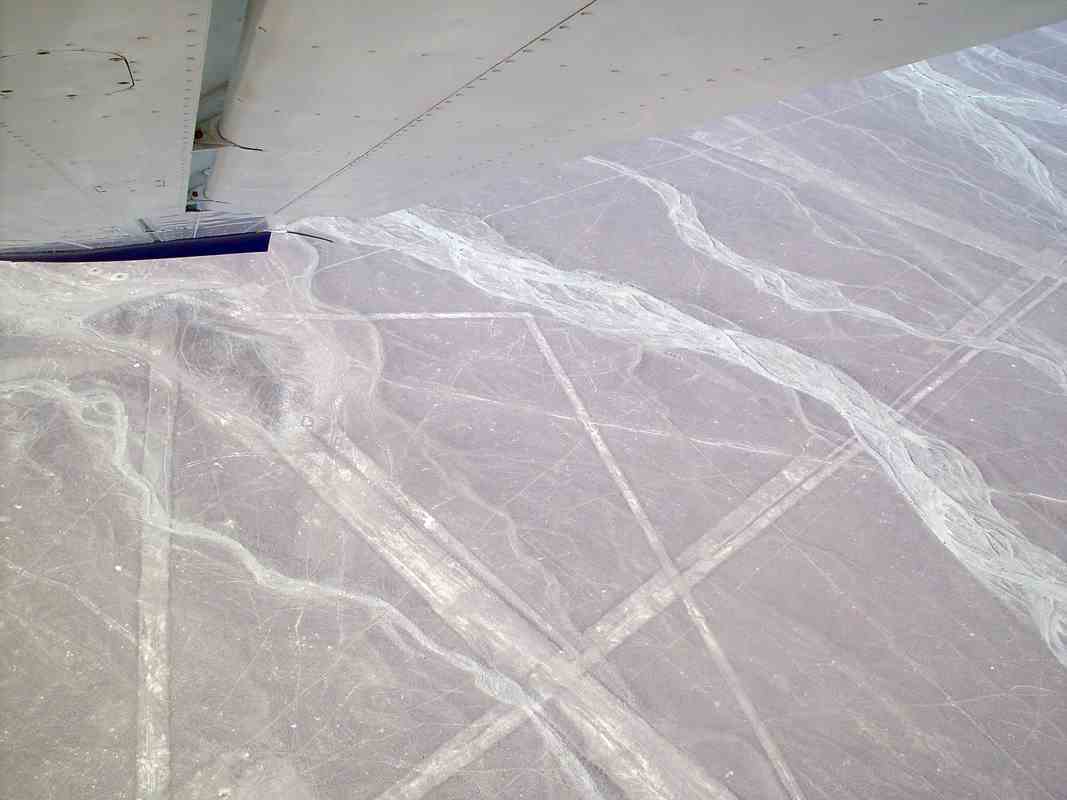
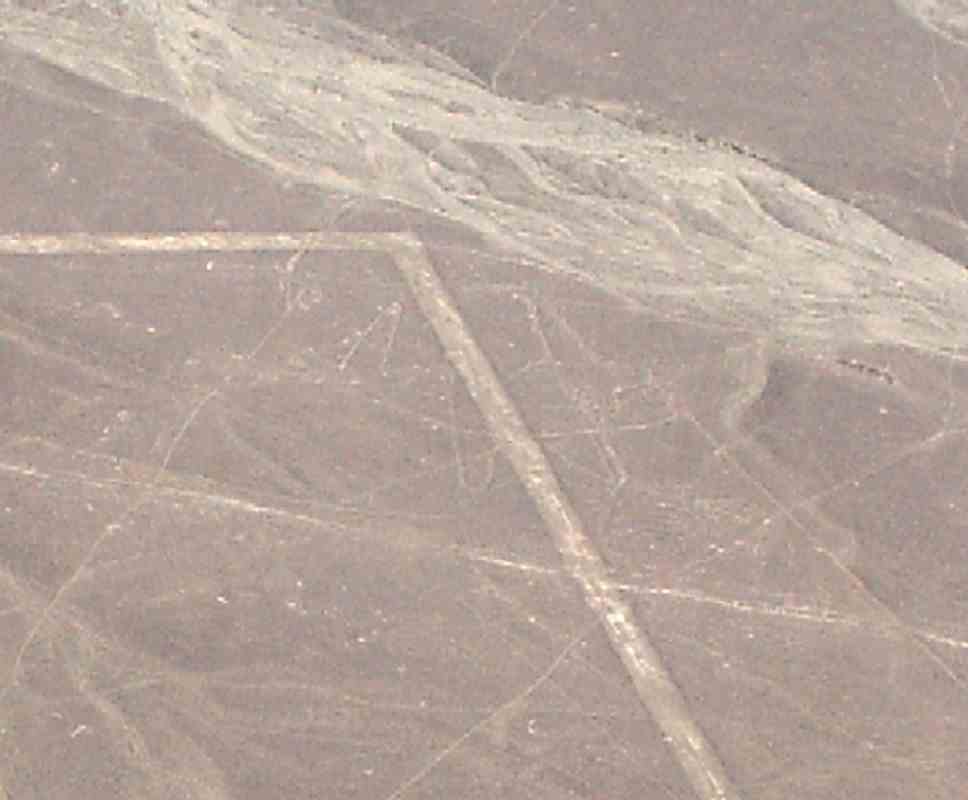
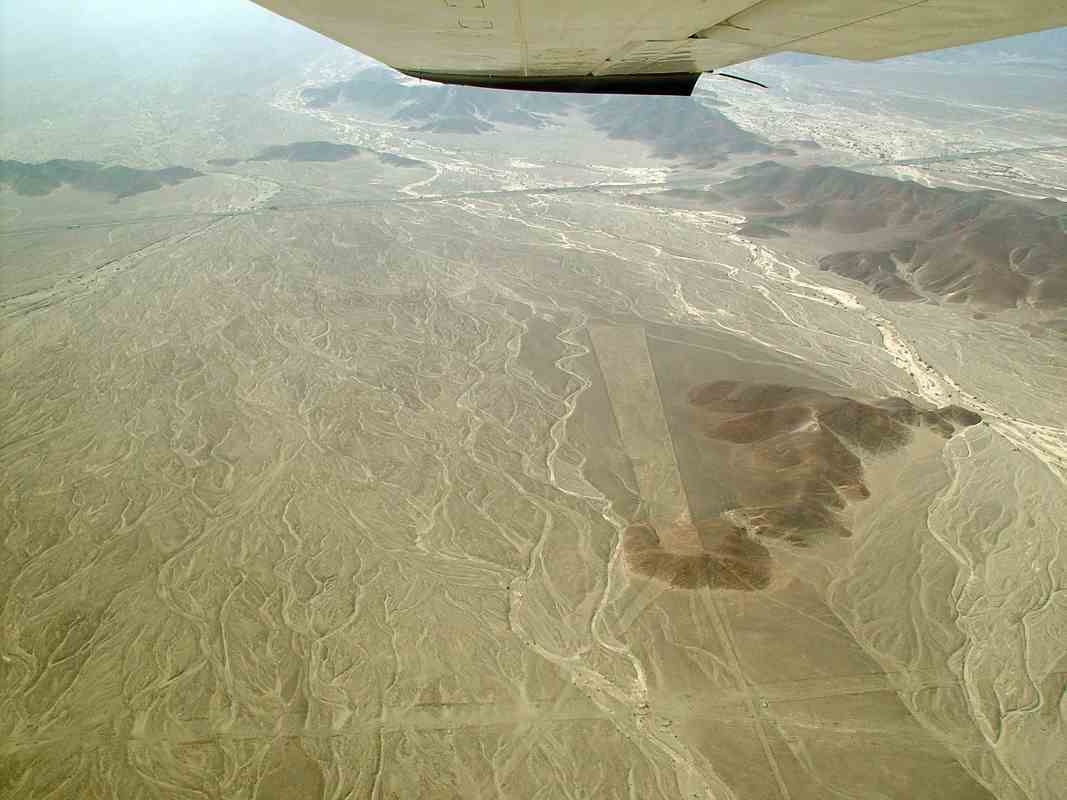
The pebbles which cover the surface of the desert contain ferrous oxide. The exposure of centuries has given them a dark colour.
When they are removed, the lighter-coloured subsoil beneath the desert crust creates a contrast hence creating the lines.
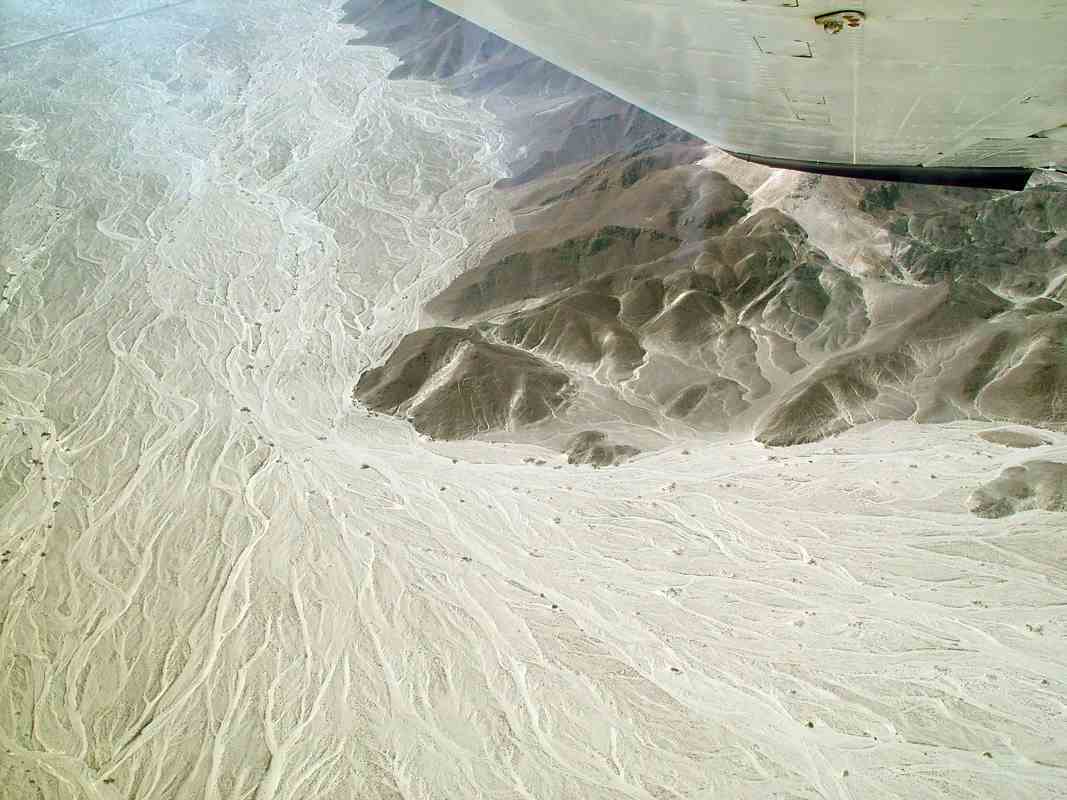
The astronaut or human or God.
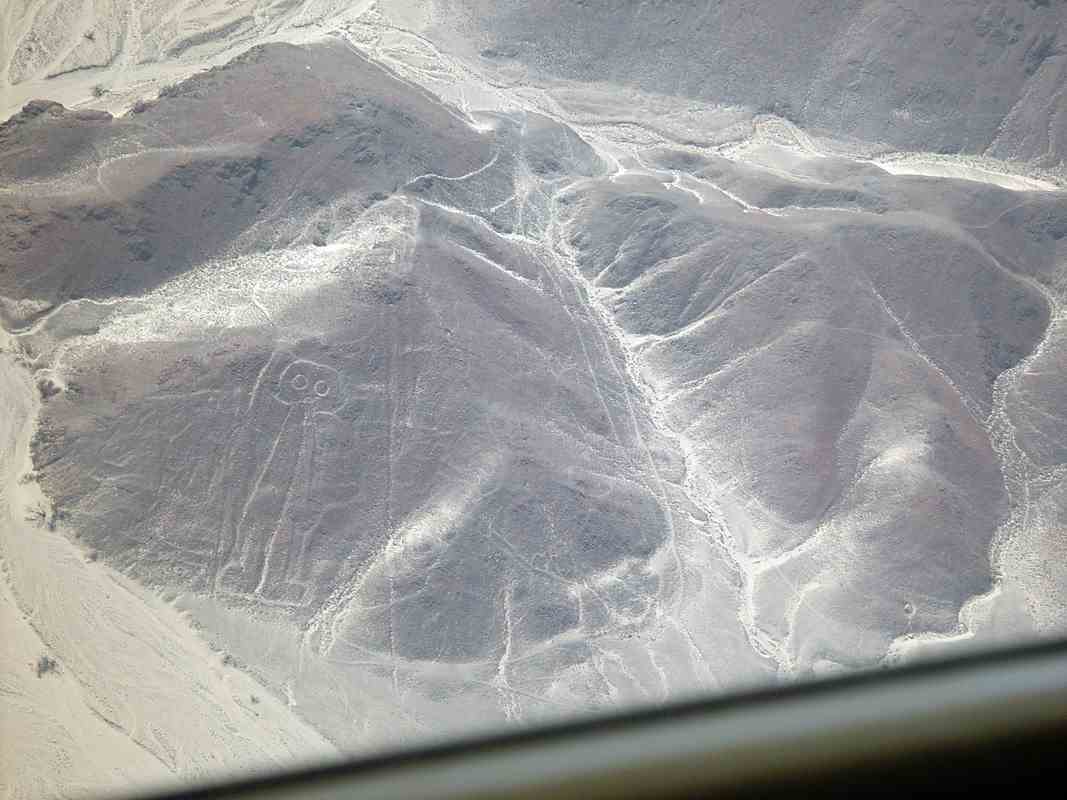
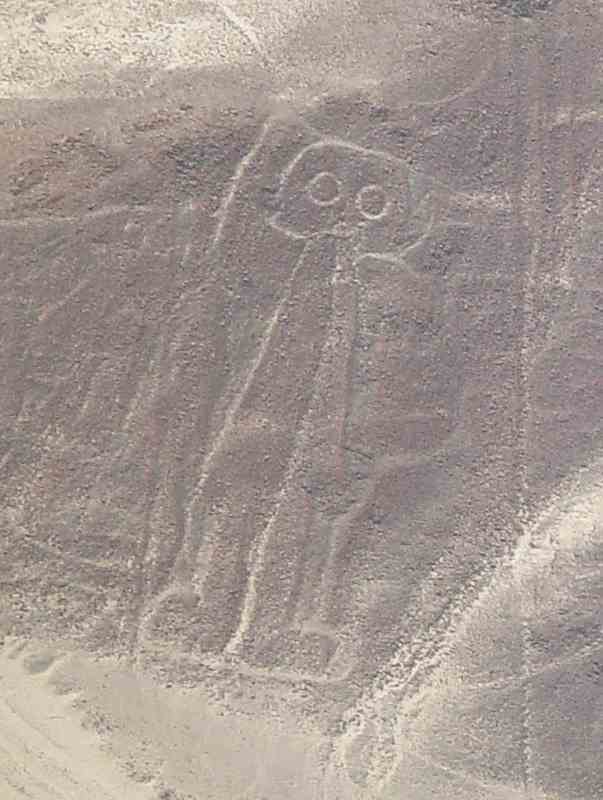
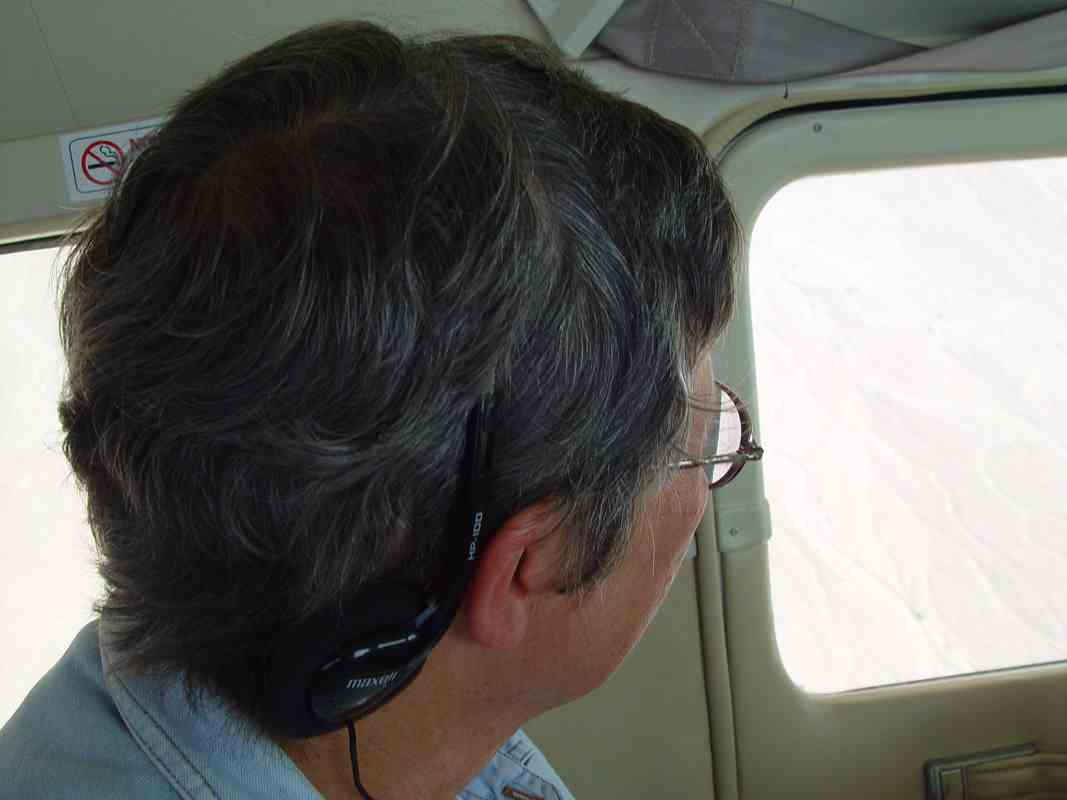
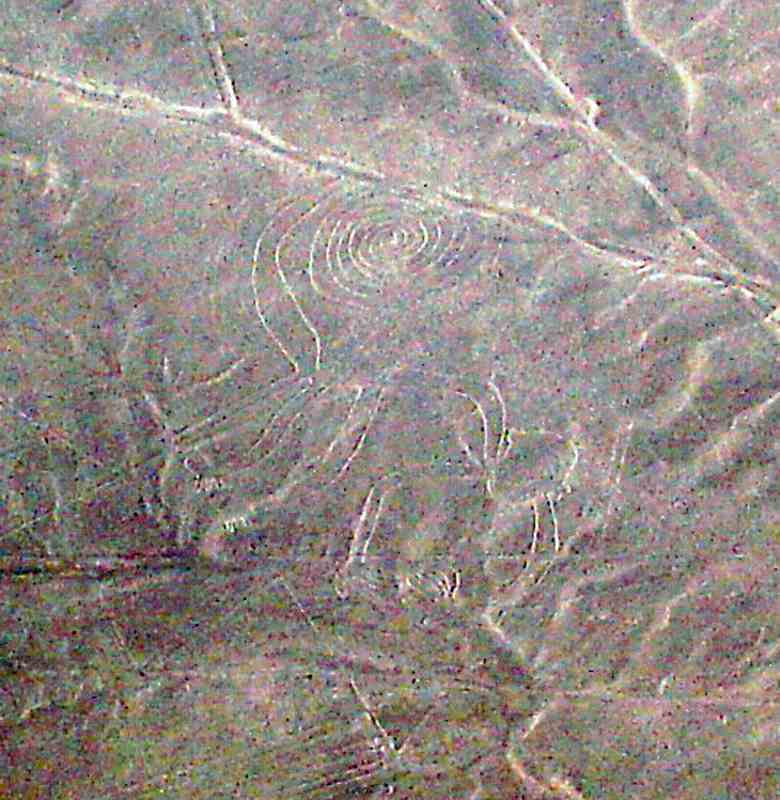
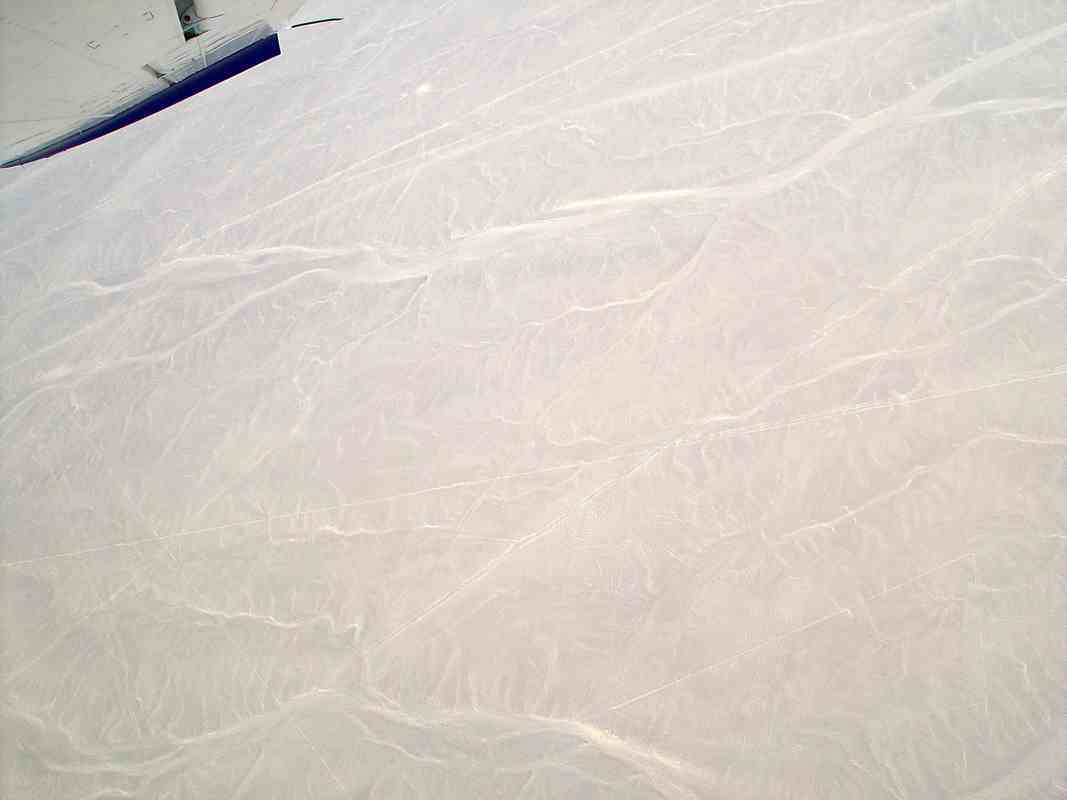
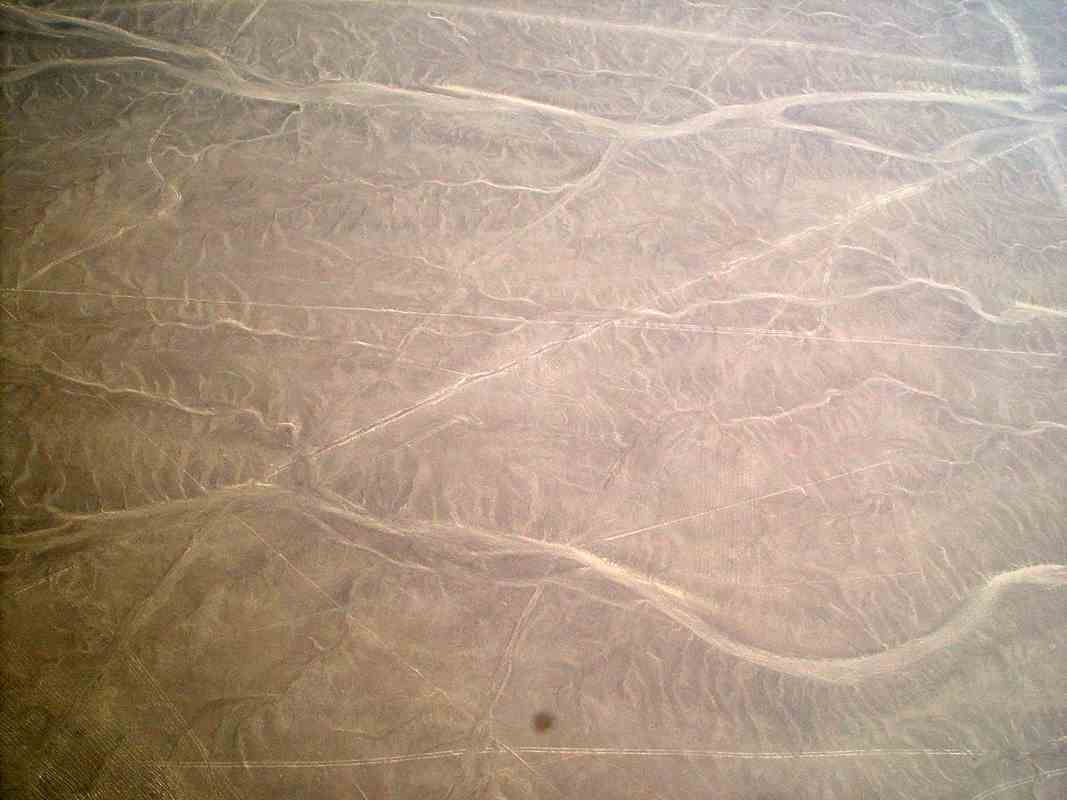
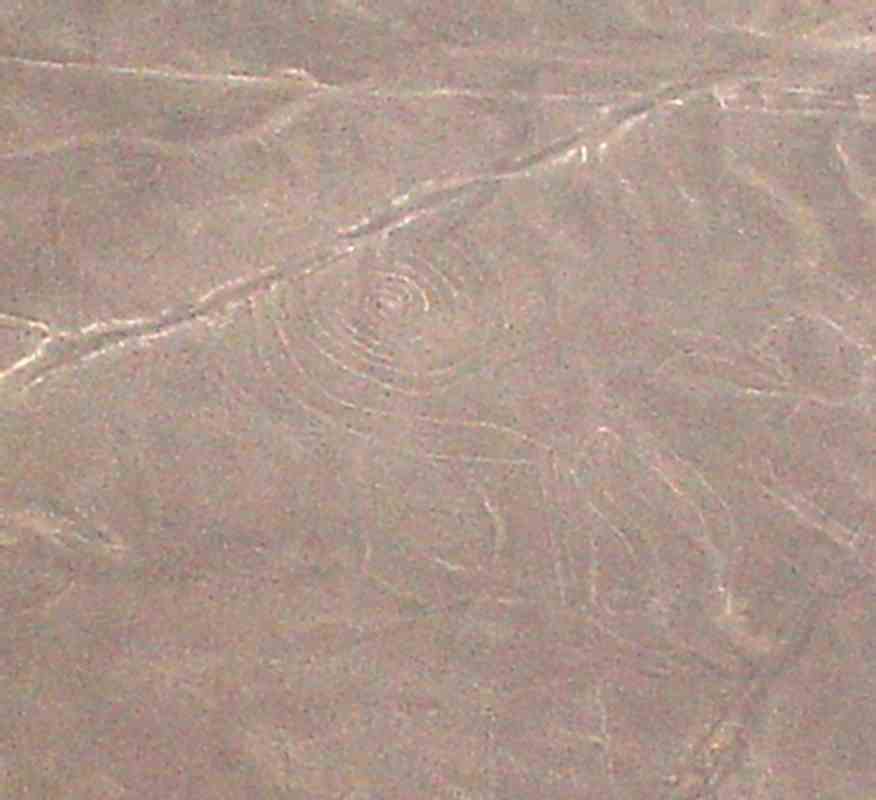
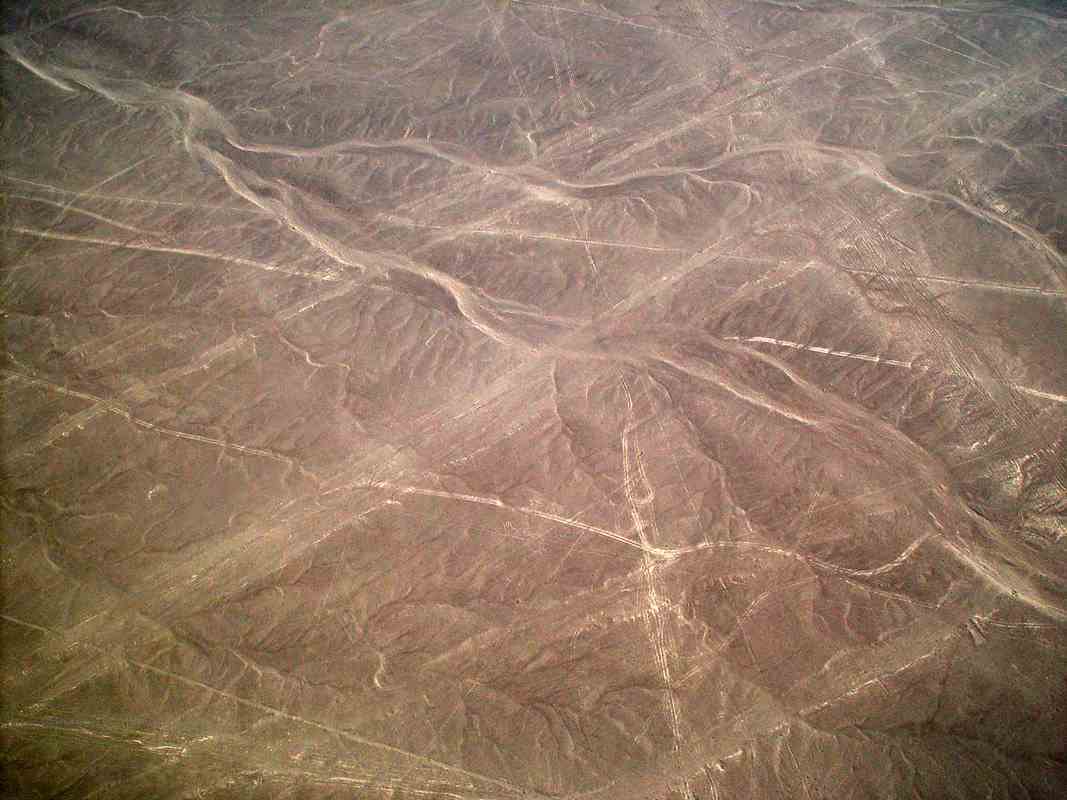
The Dog
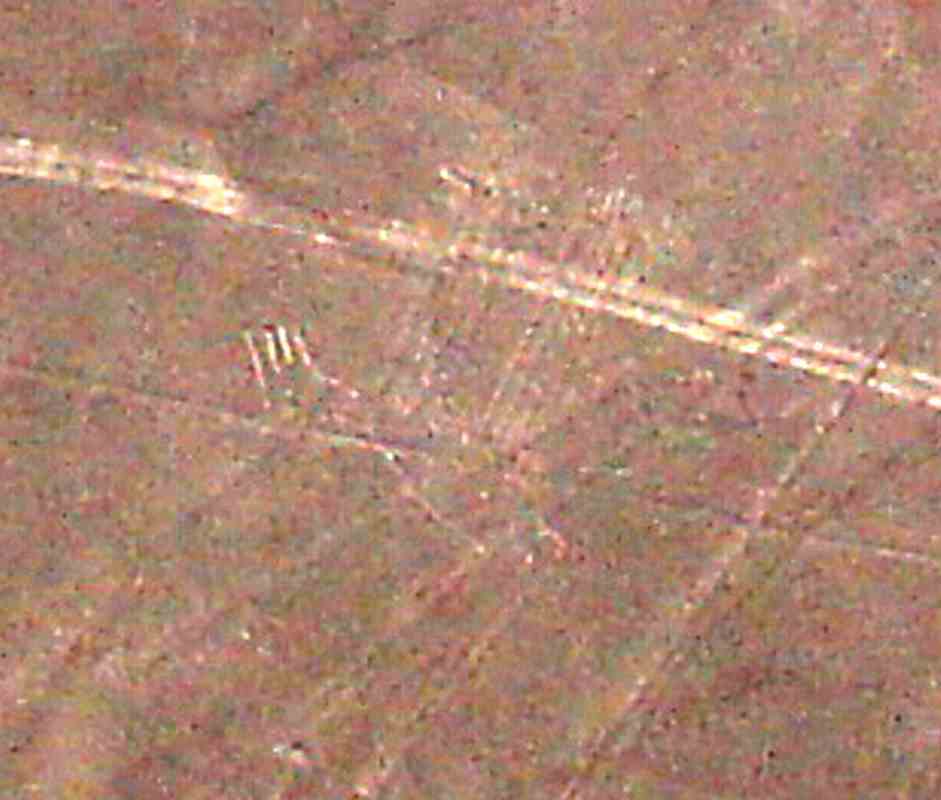
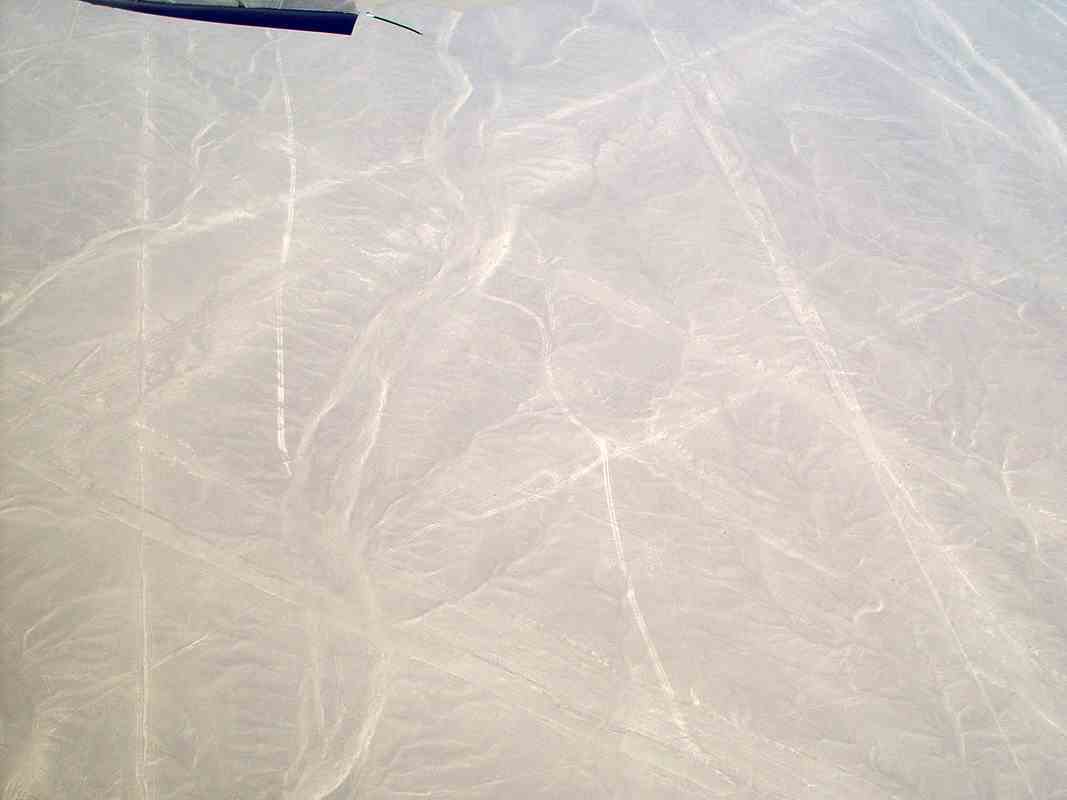
The viewing tower beside the Pan American Highway which we climbed on the way back to Ica.
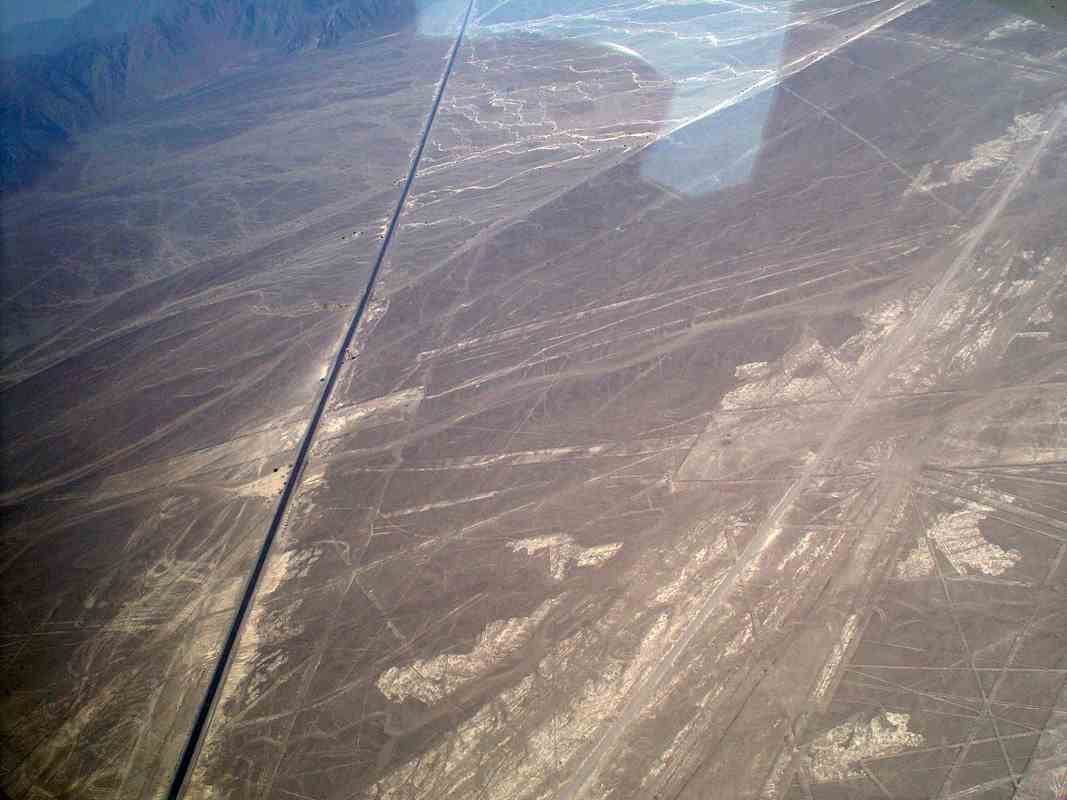

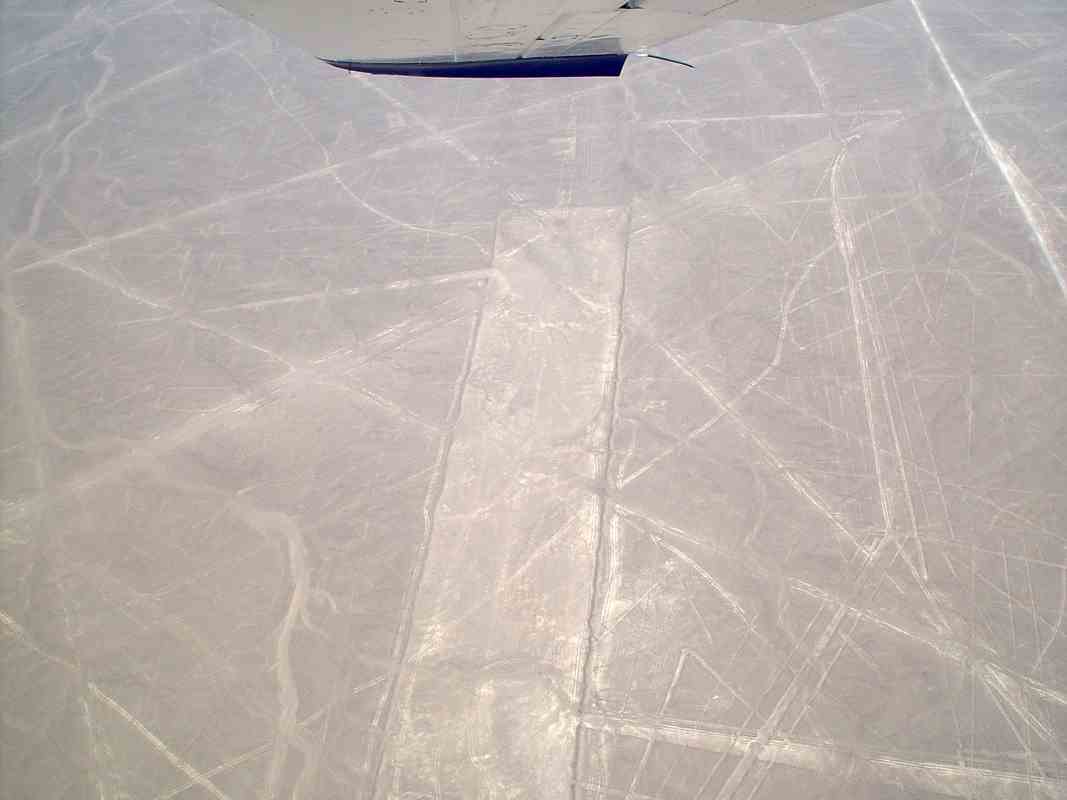
The Spider
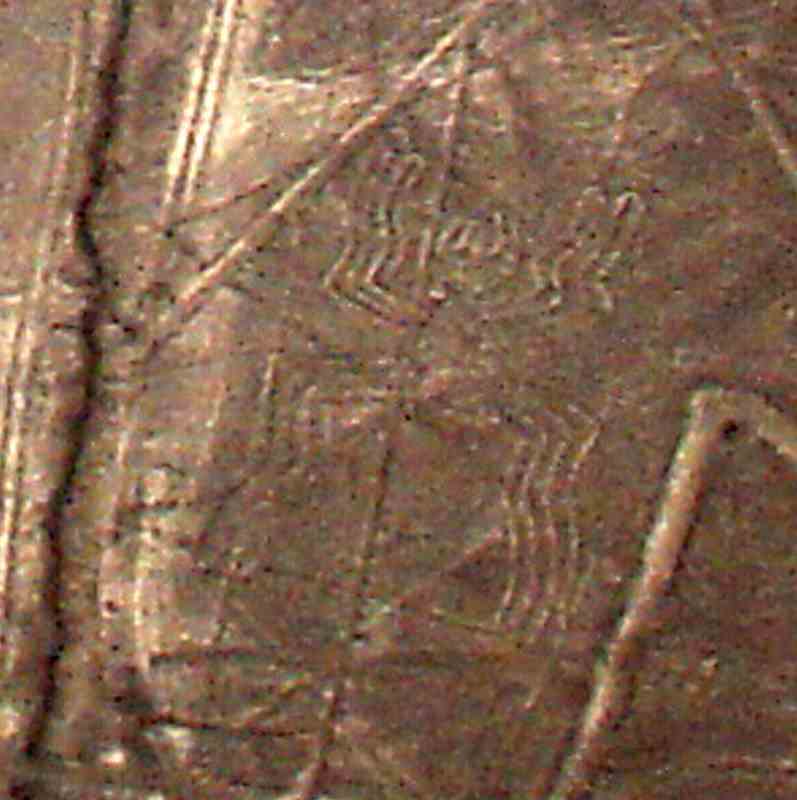
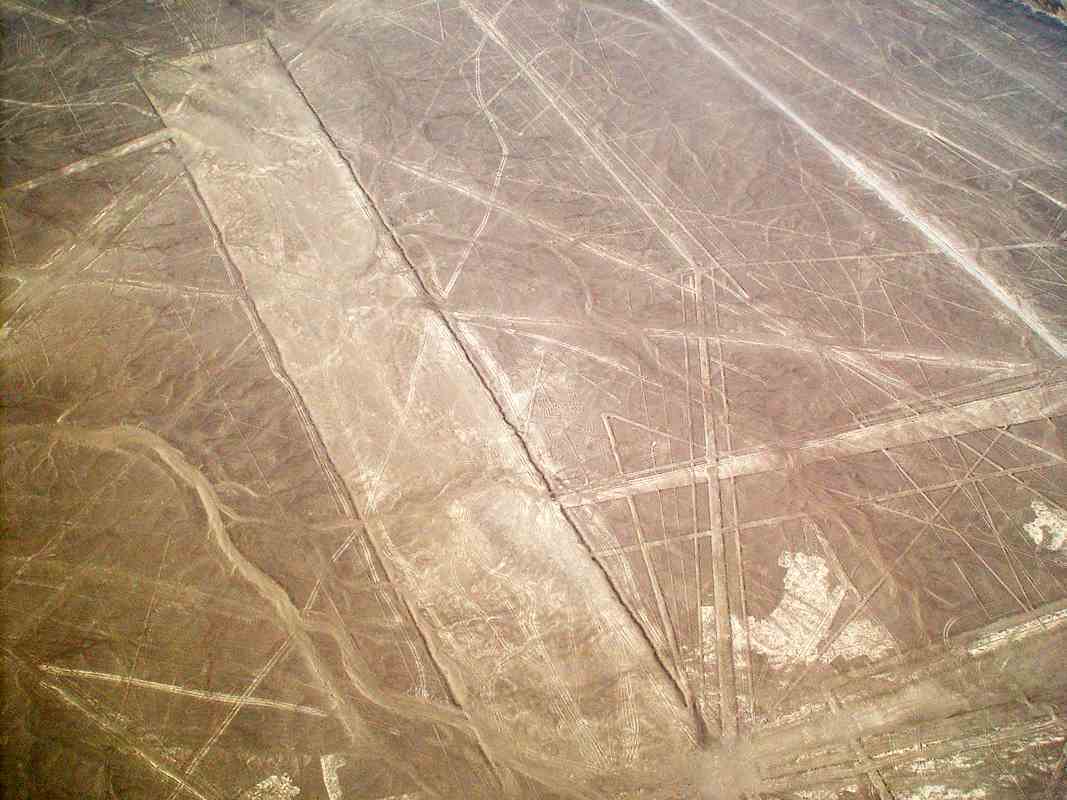
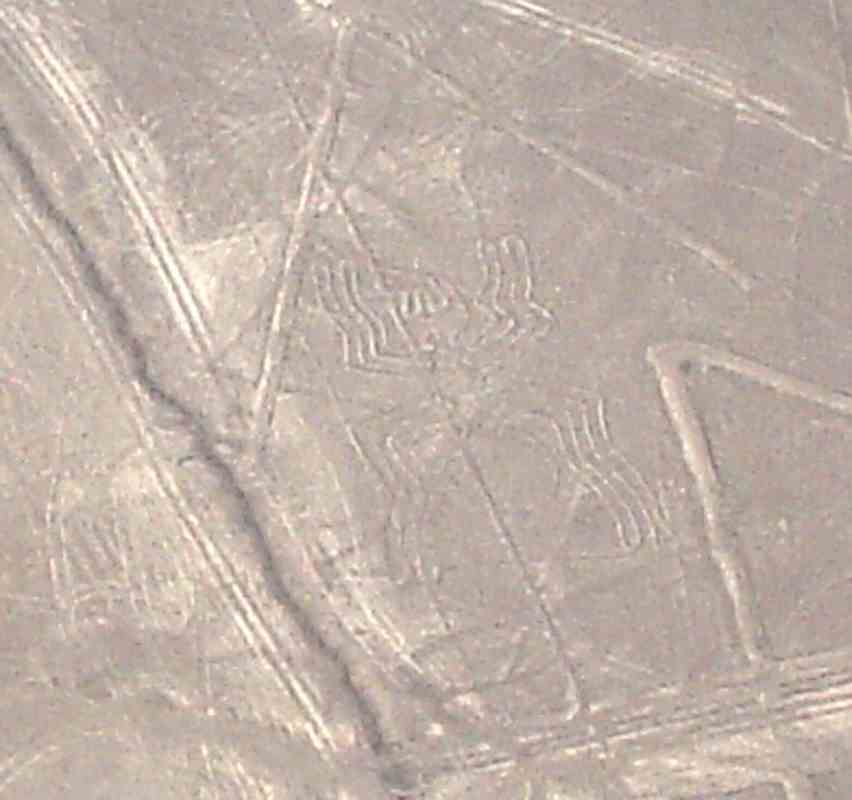
The Condor
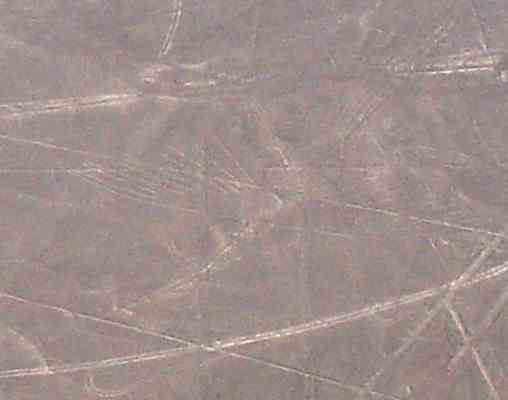
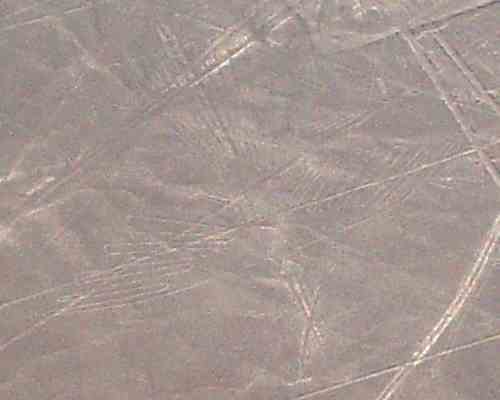
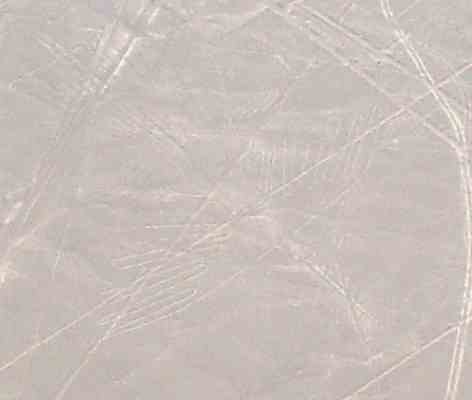
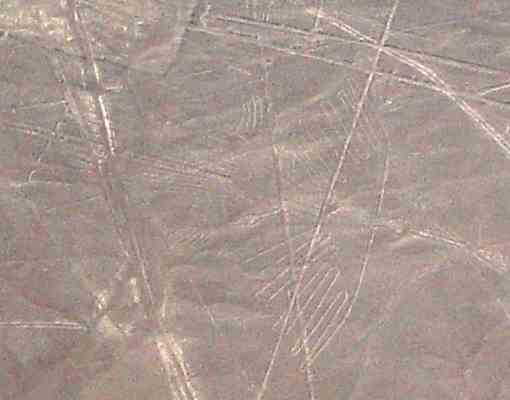
The Parrot
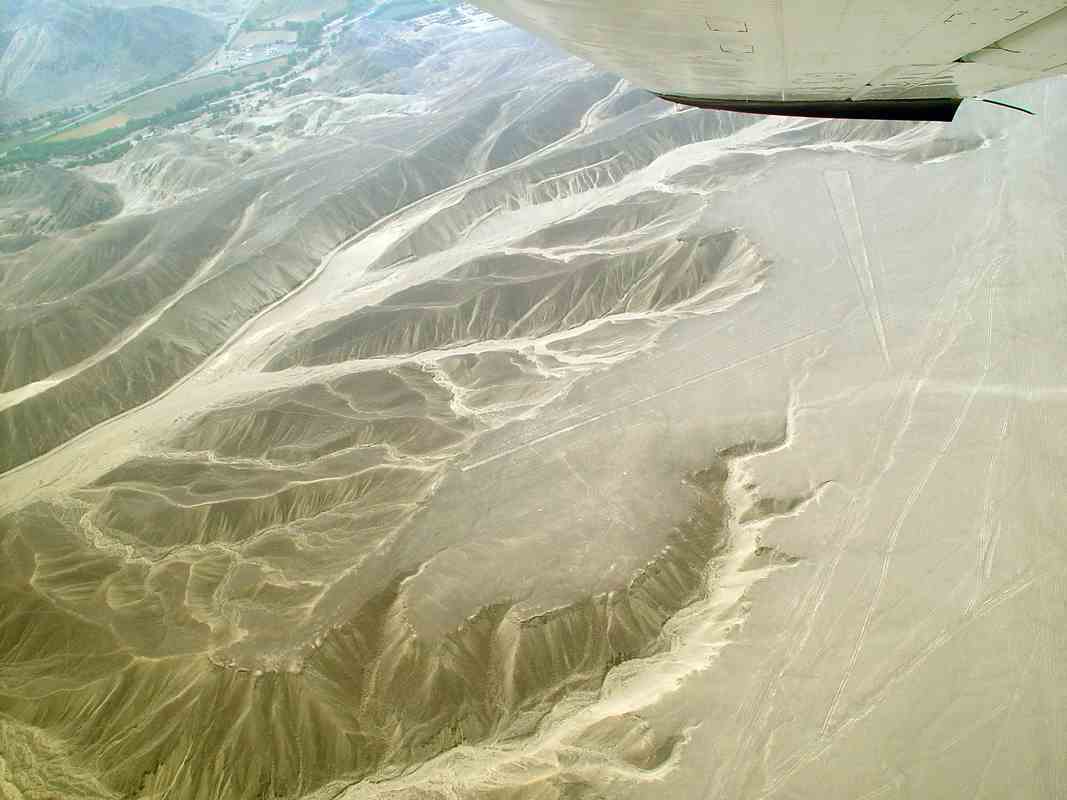
The Hummingbird
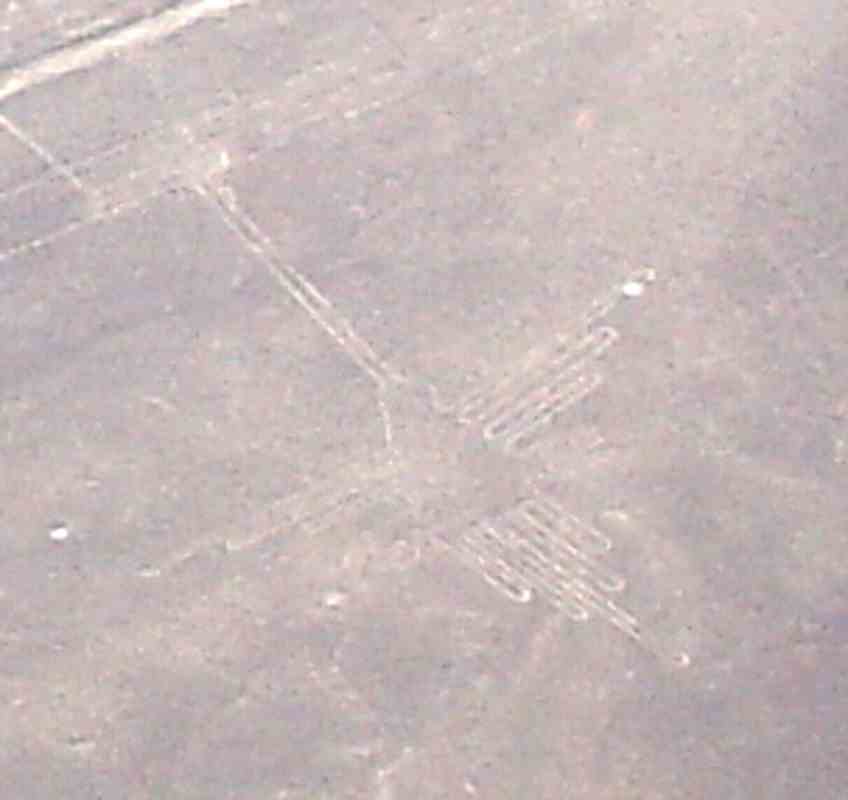
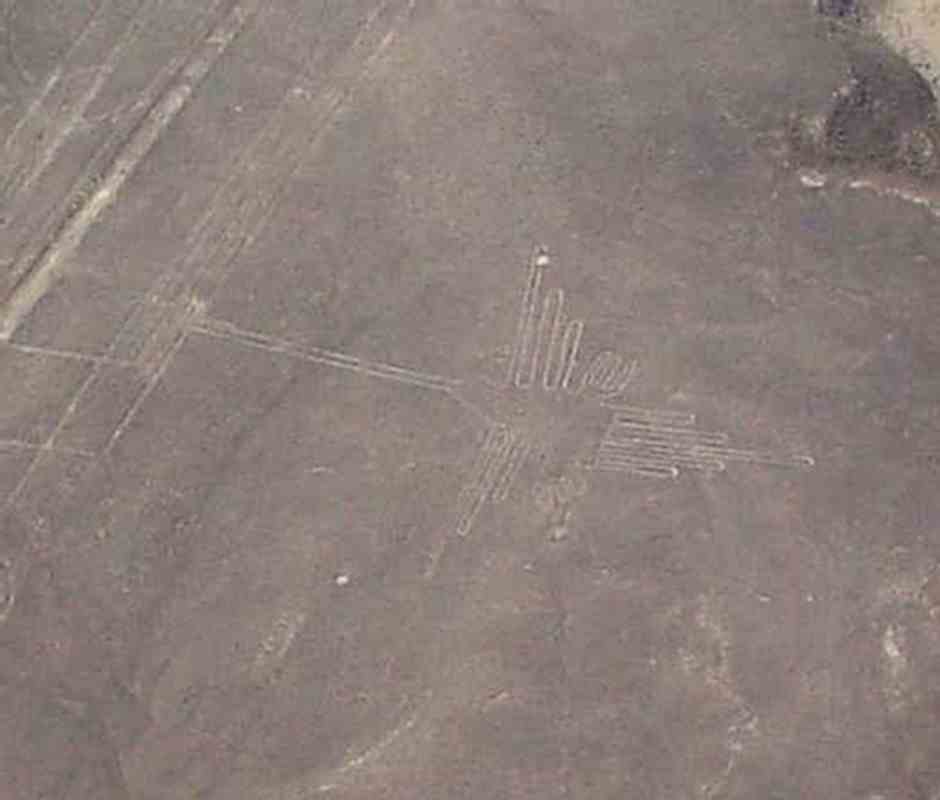
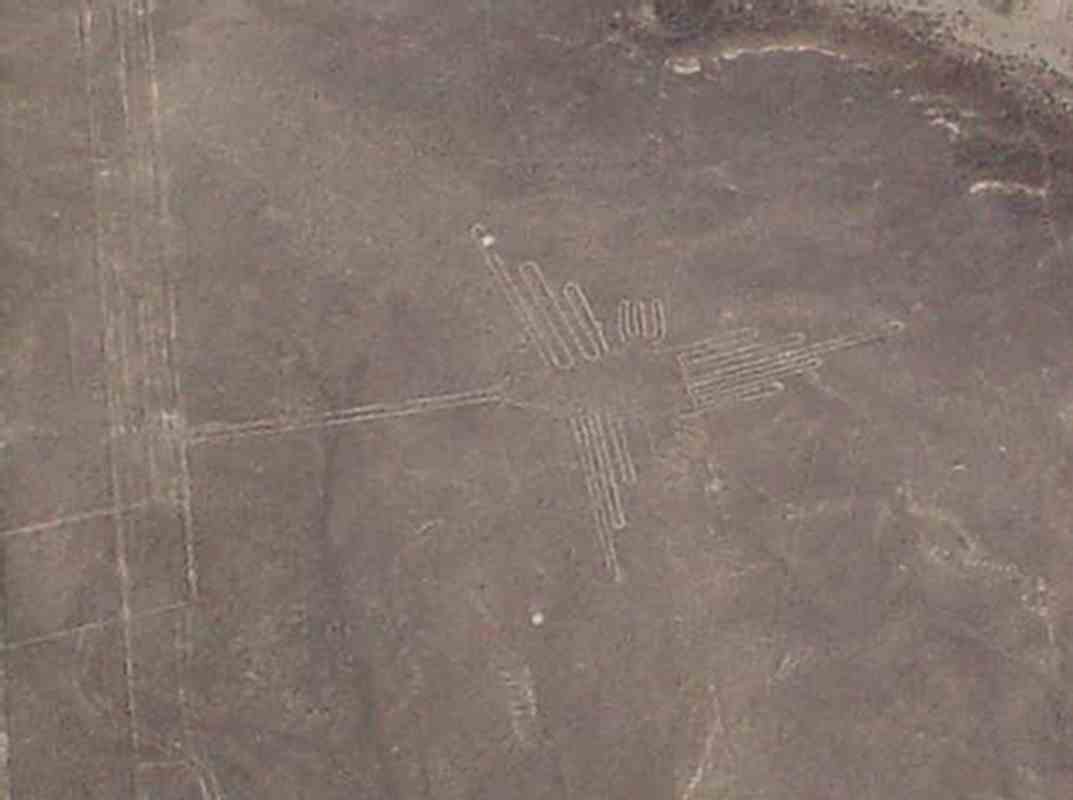
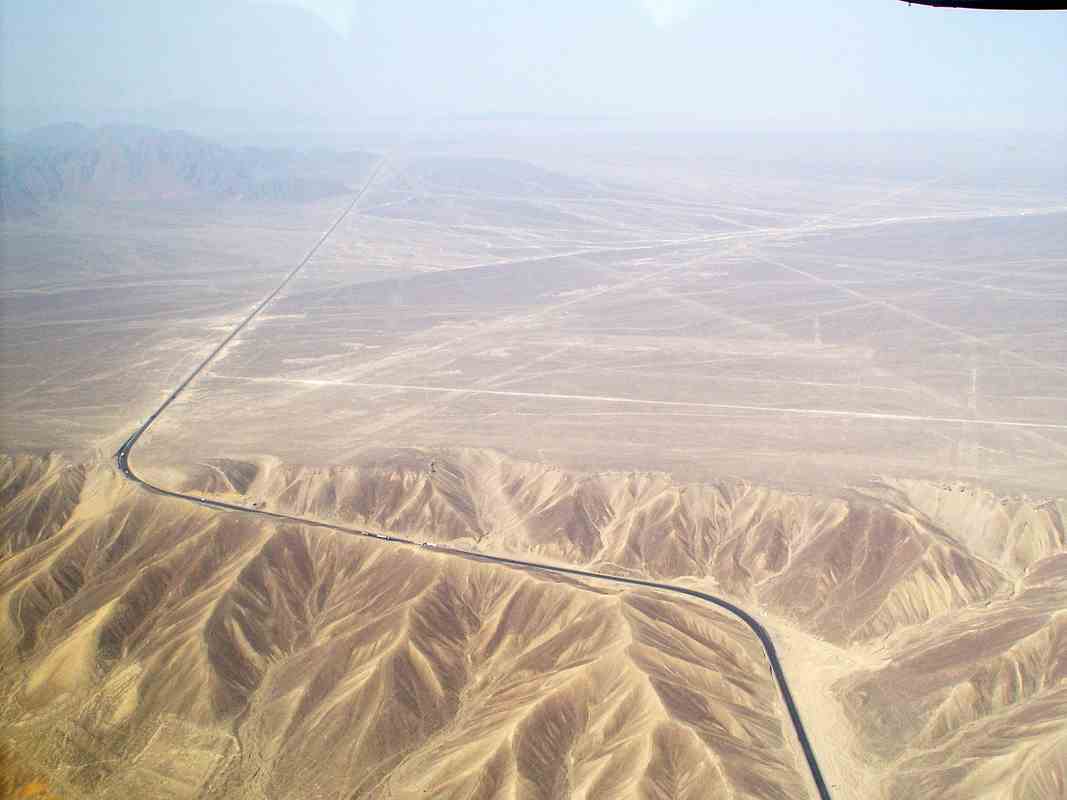
The Parrot
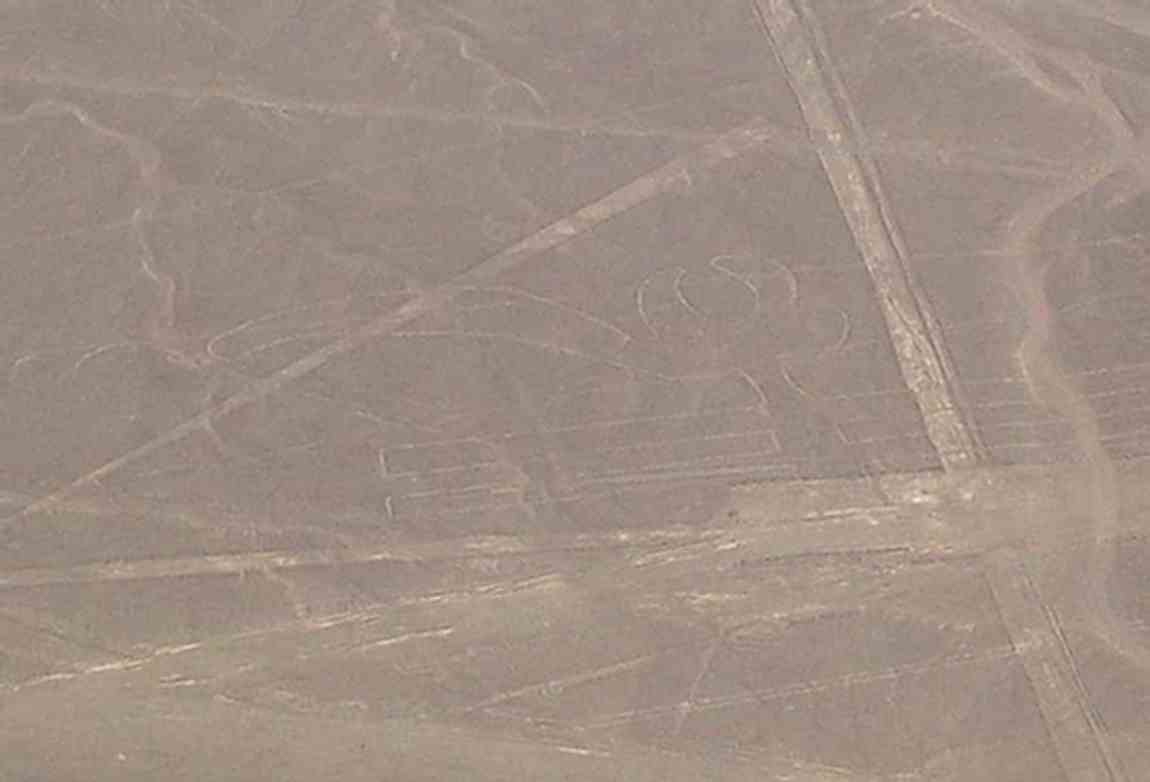
The viewing tower with the hands behind it
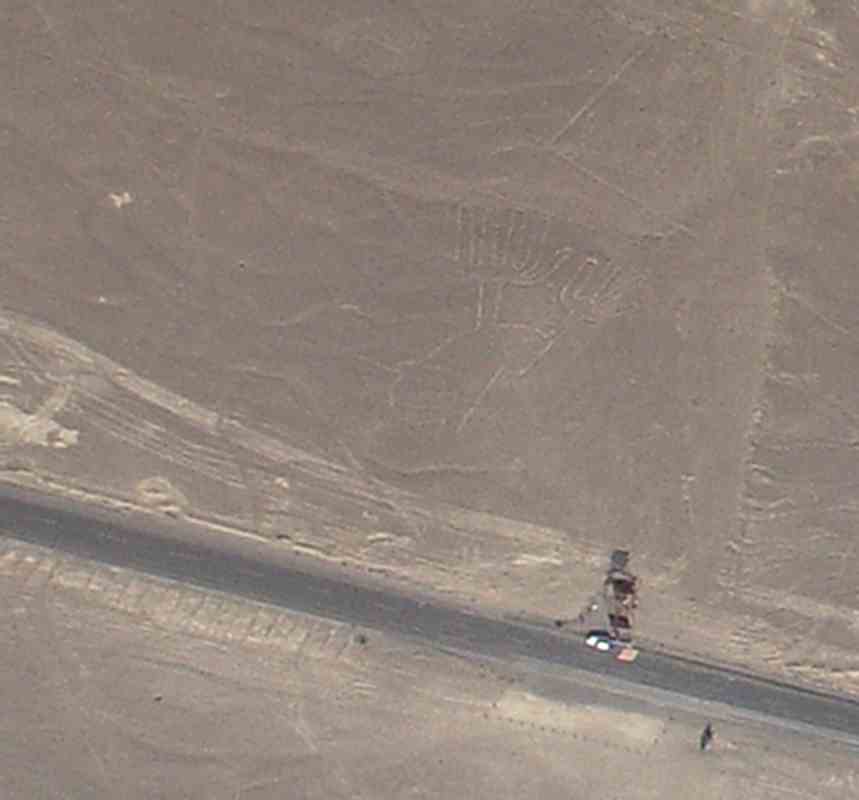

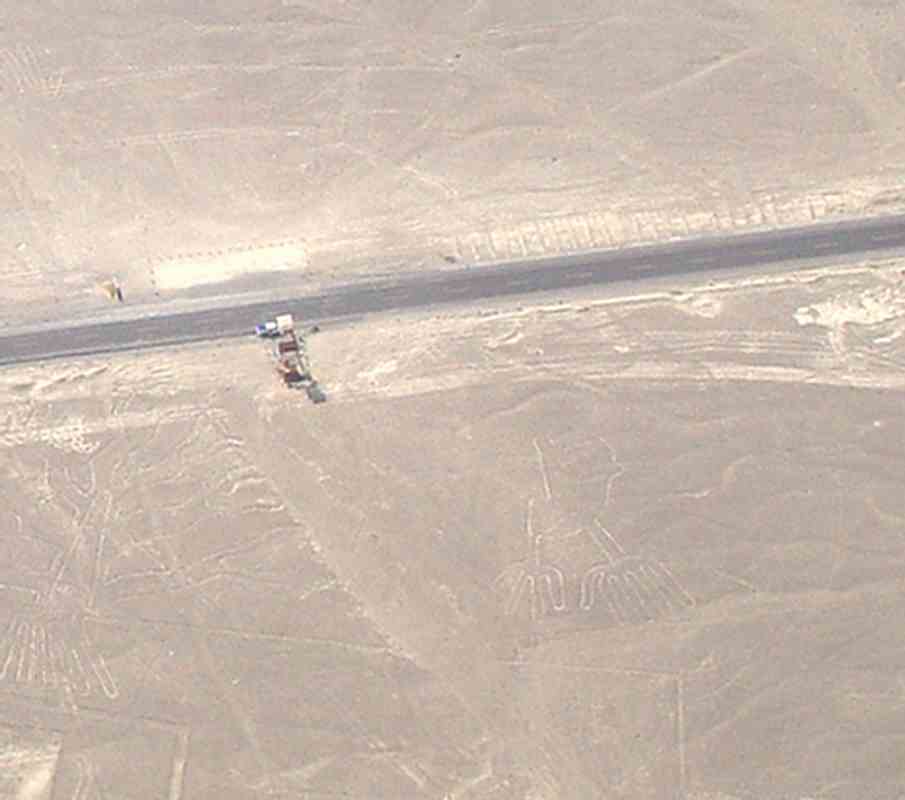
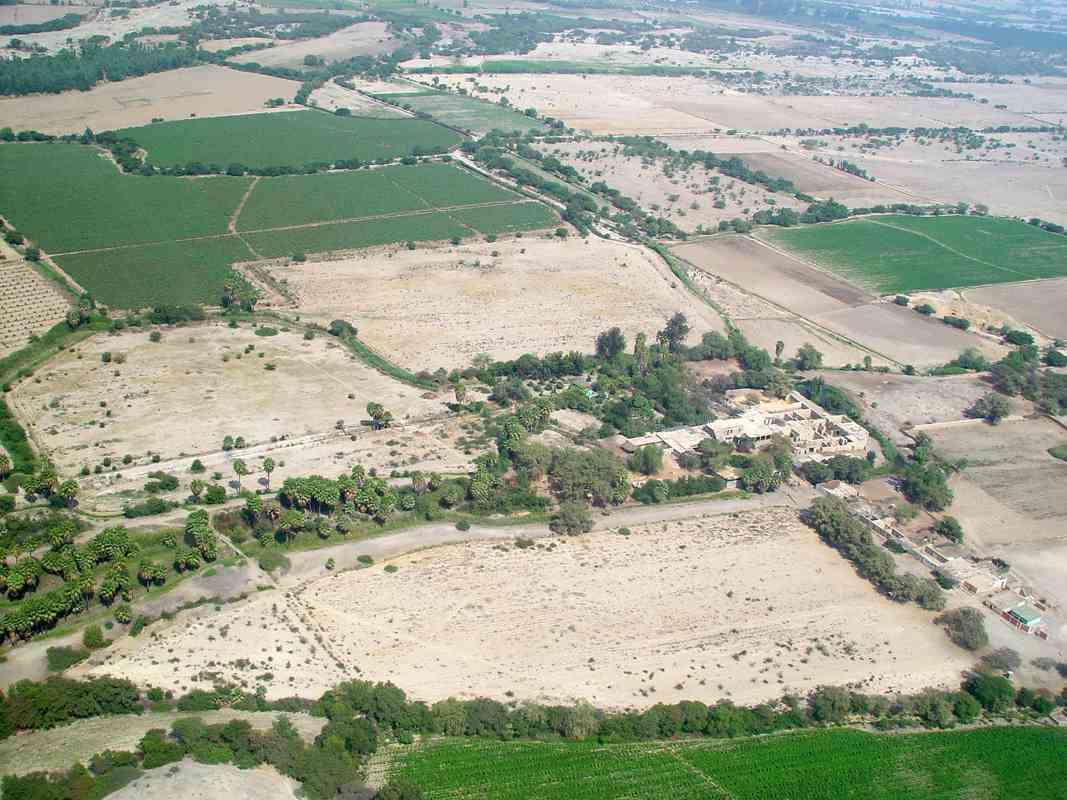
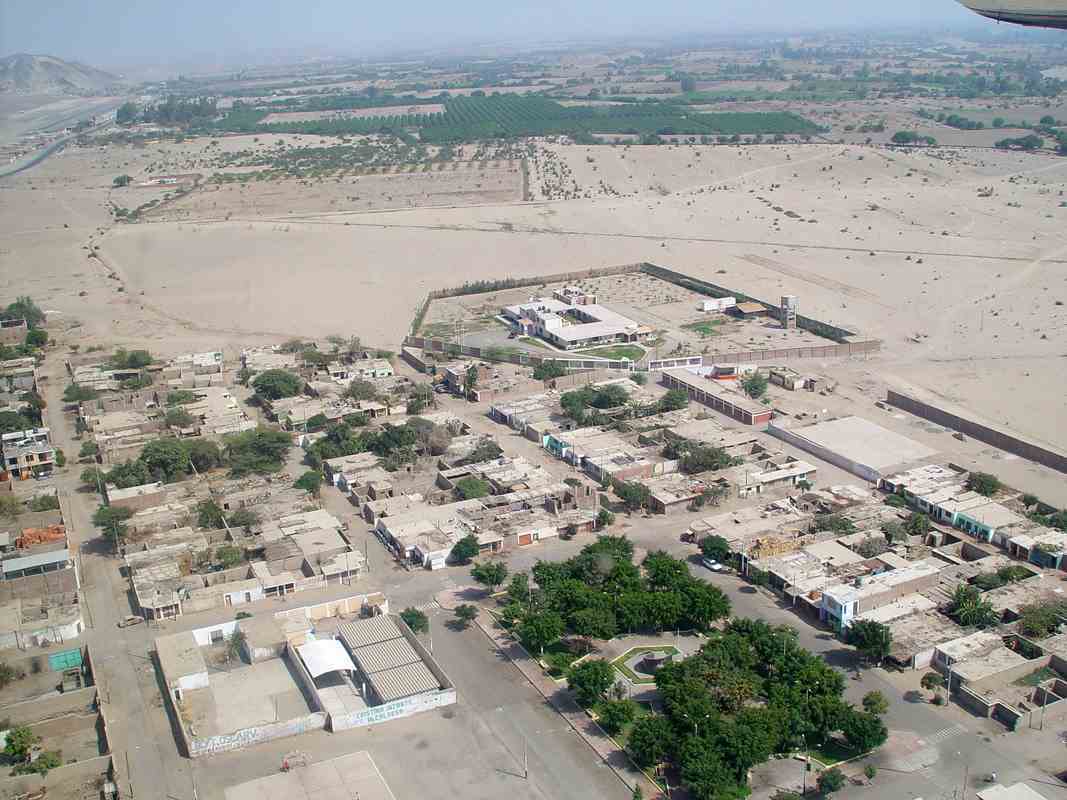
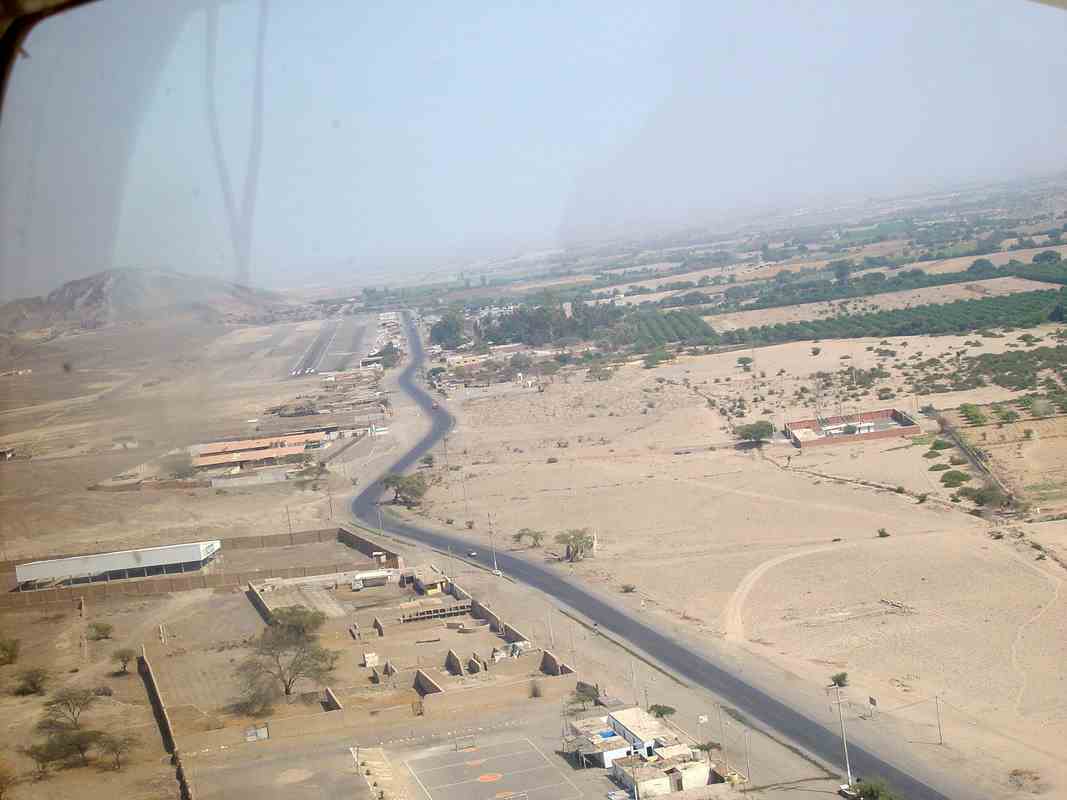
The terminal at the Nazca airstrip
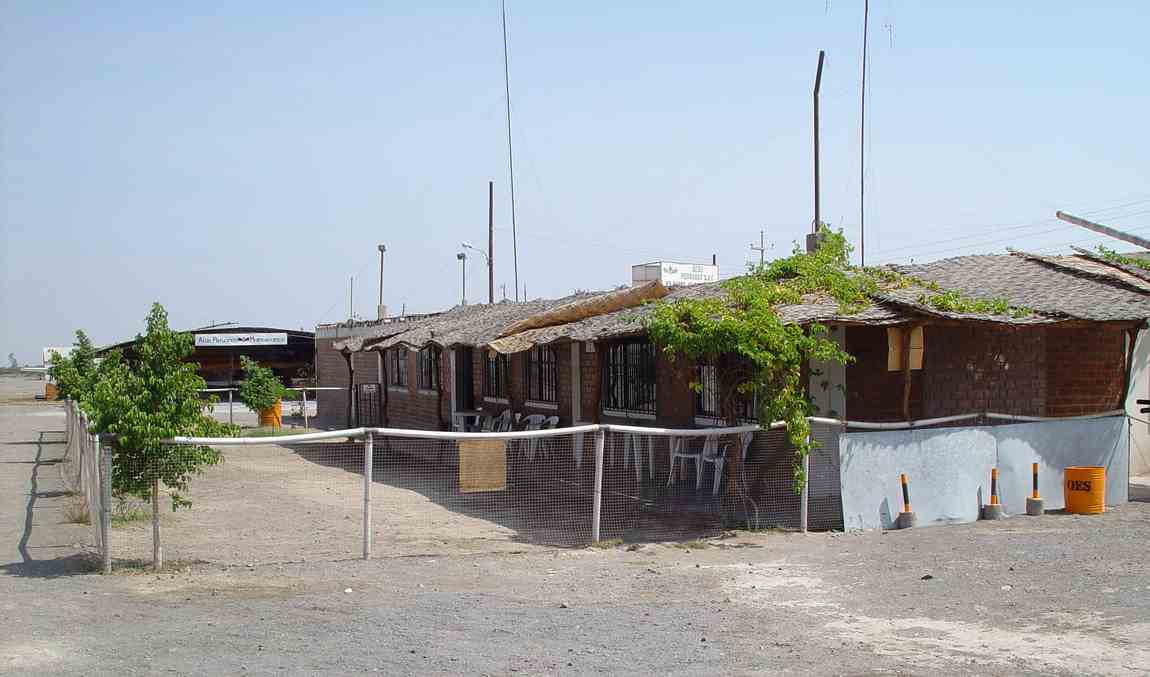
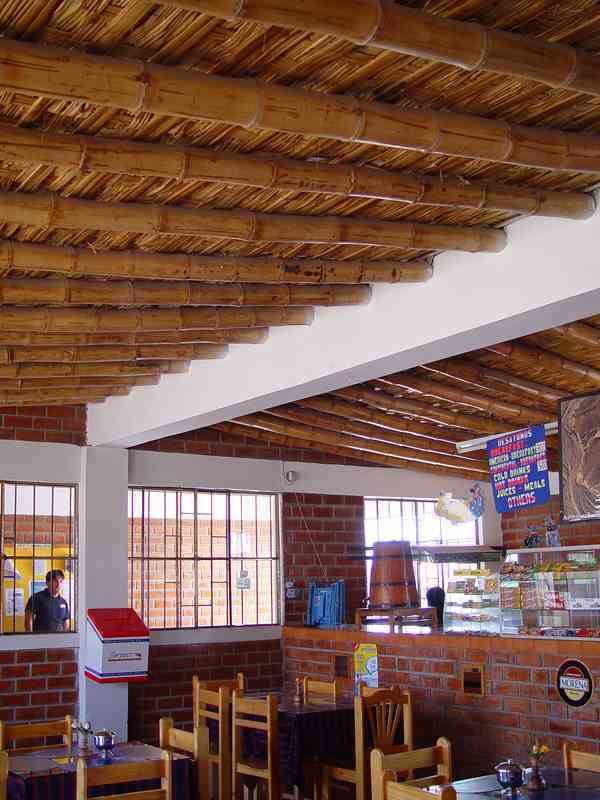
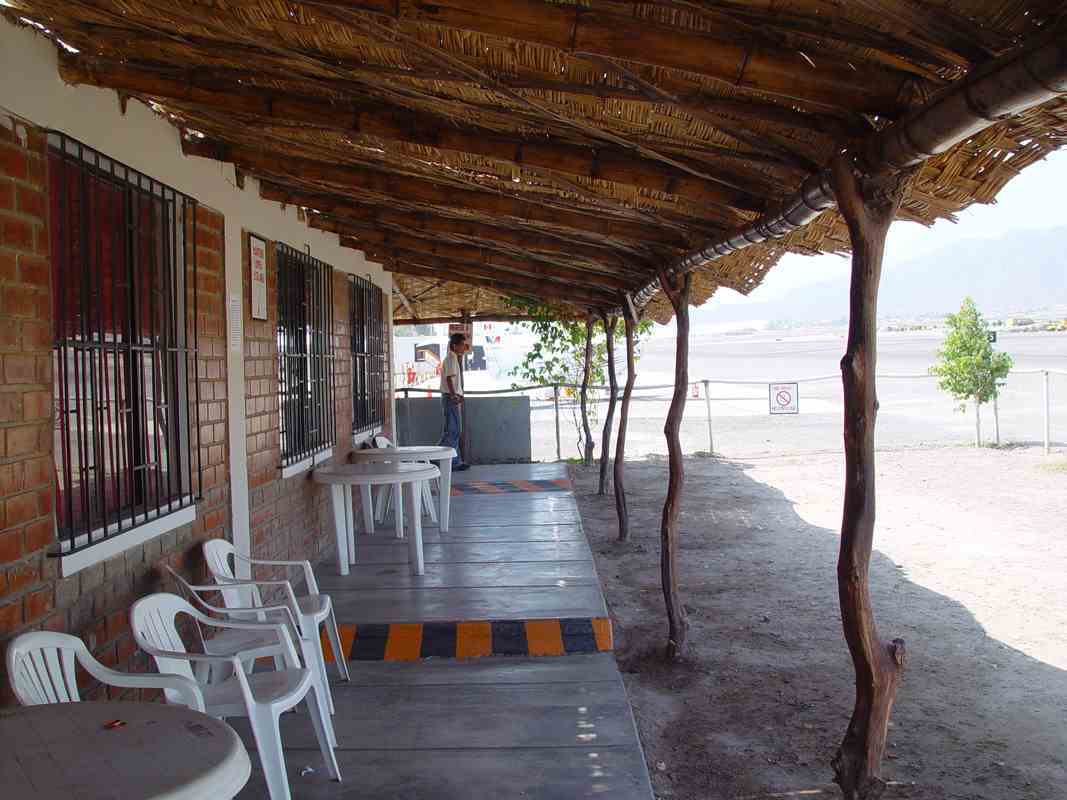
The Nazca Lines viewing tower on the Pan American Highway
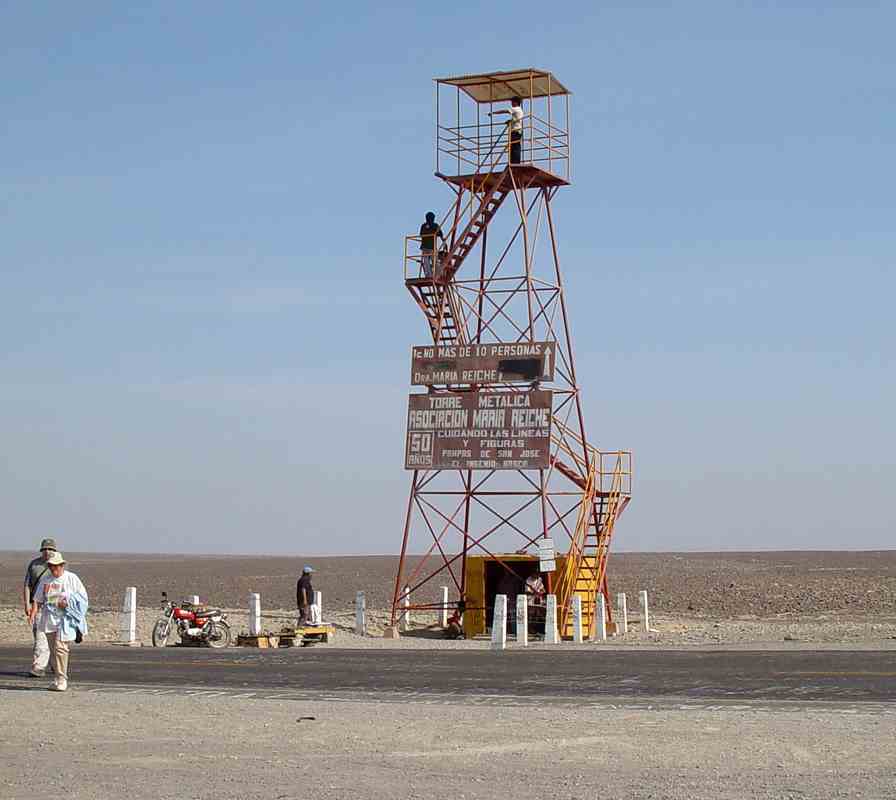

The hands
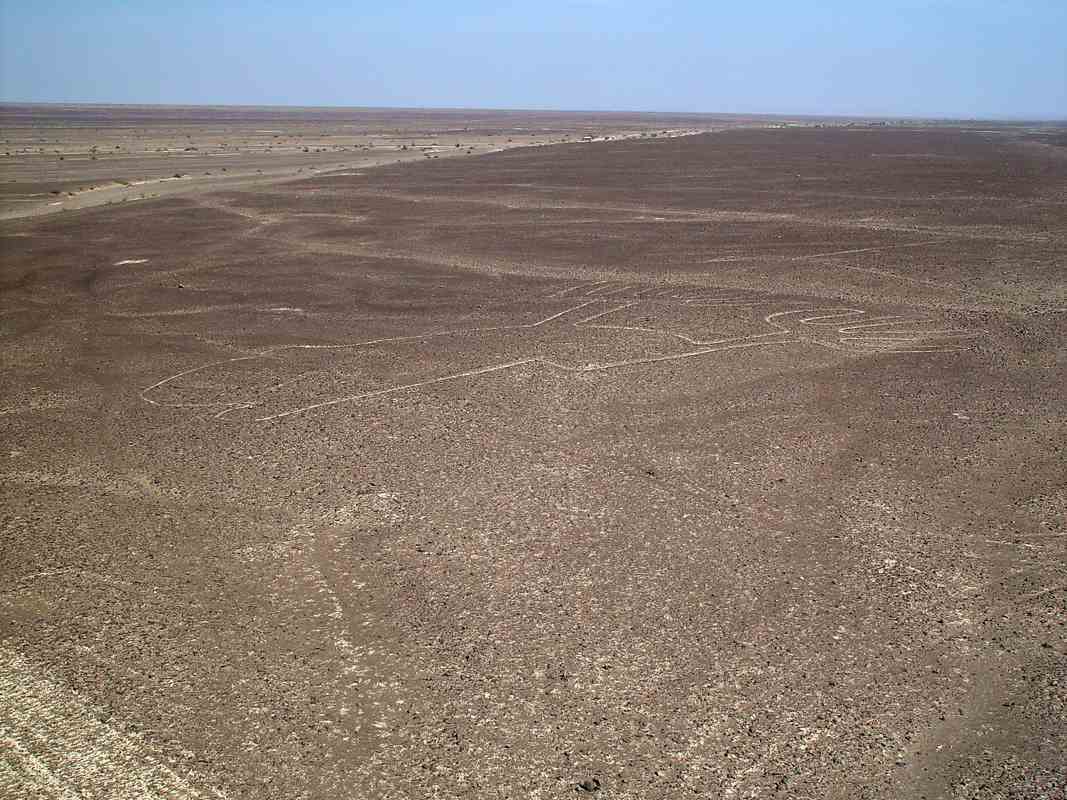
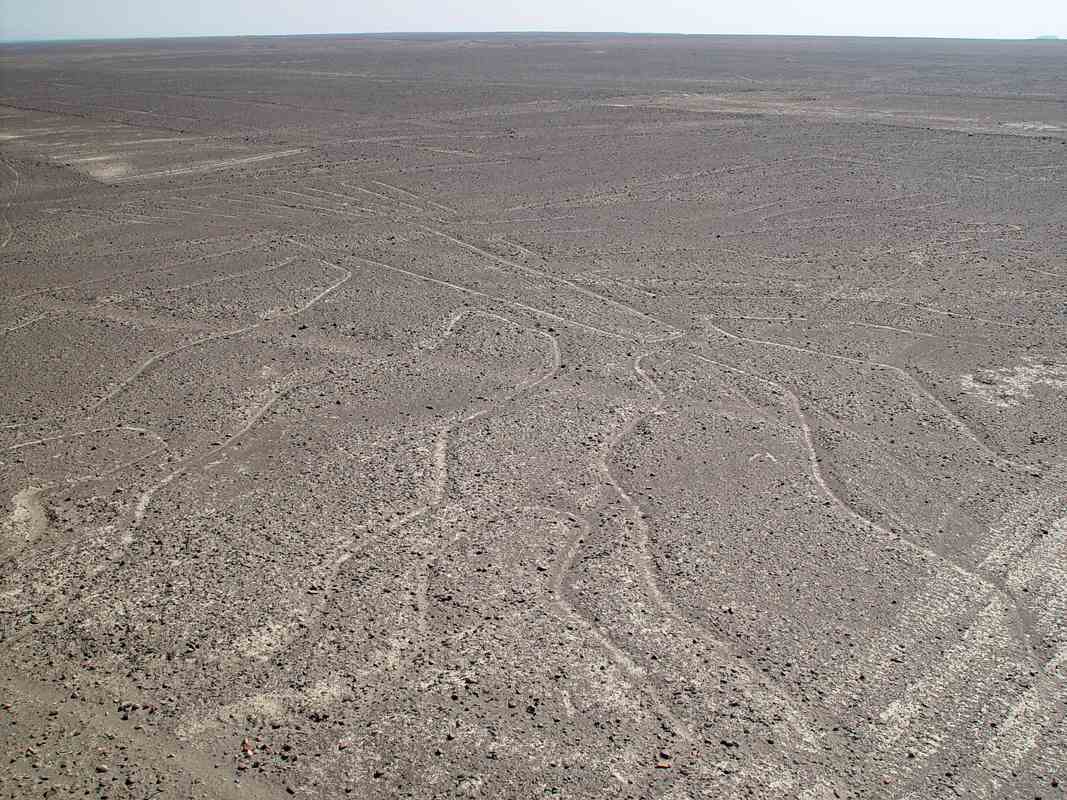
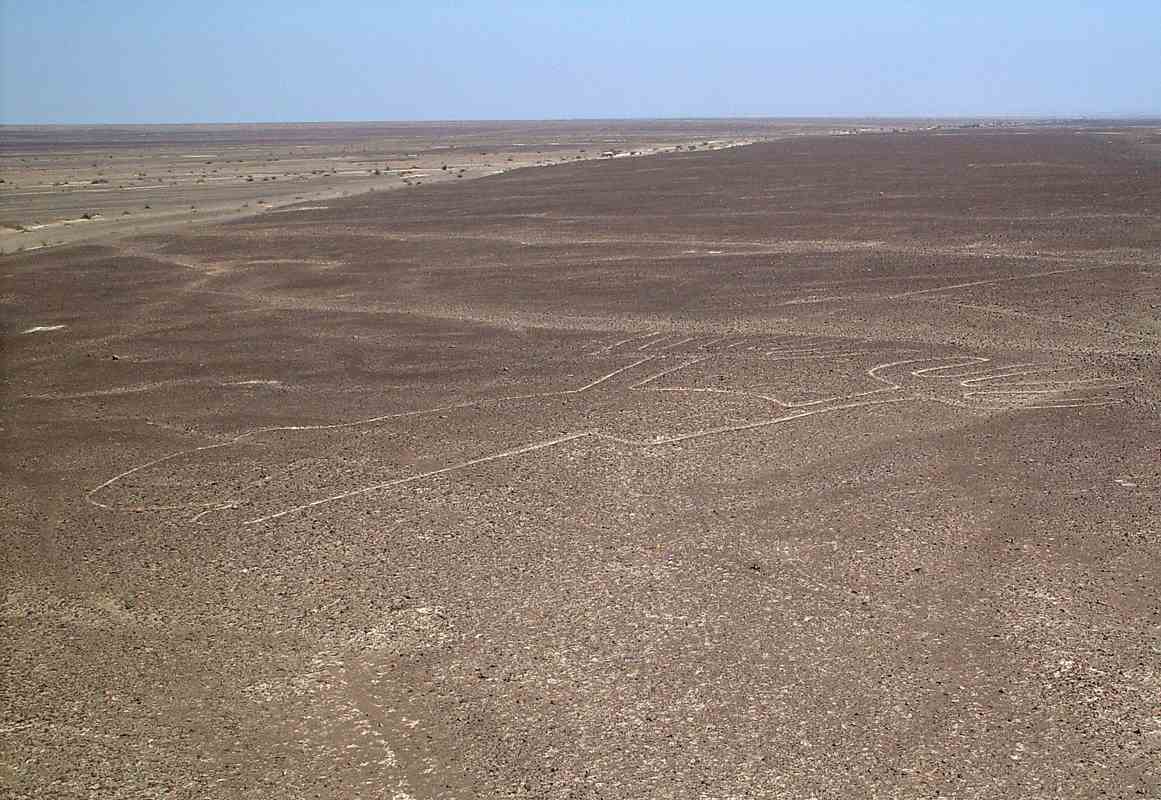
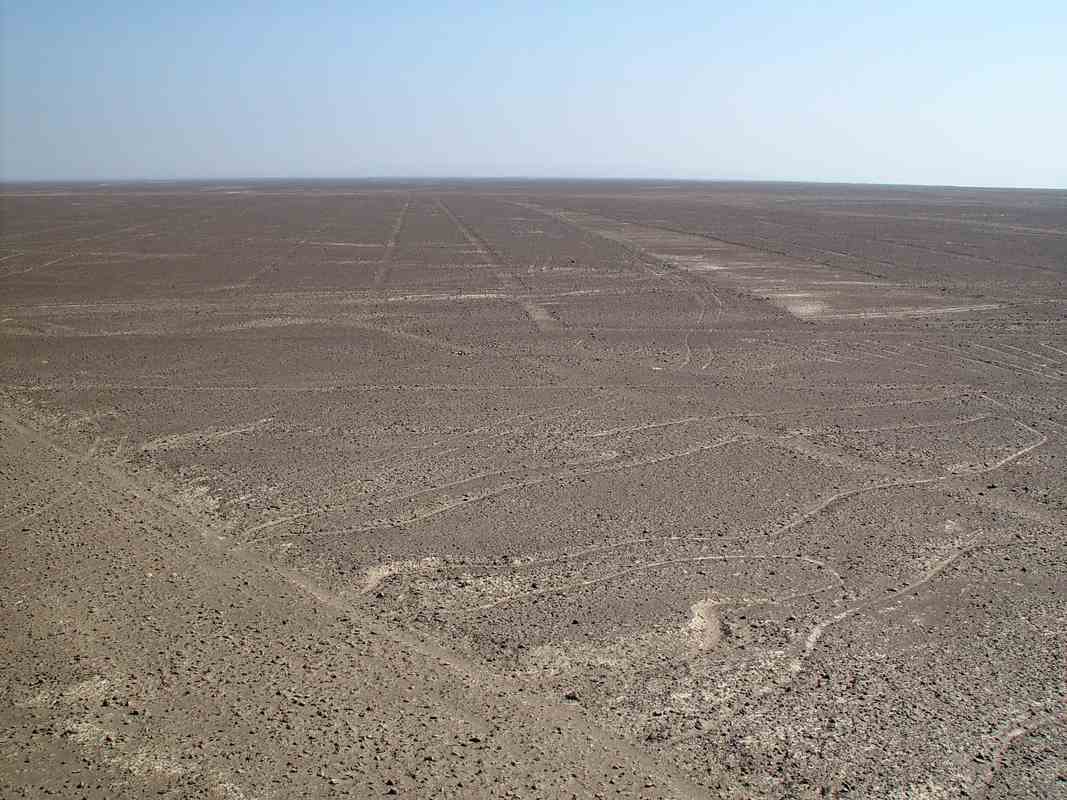

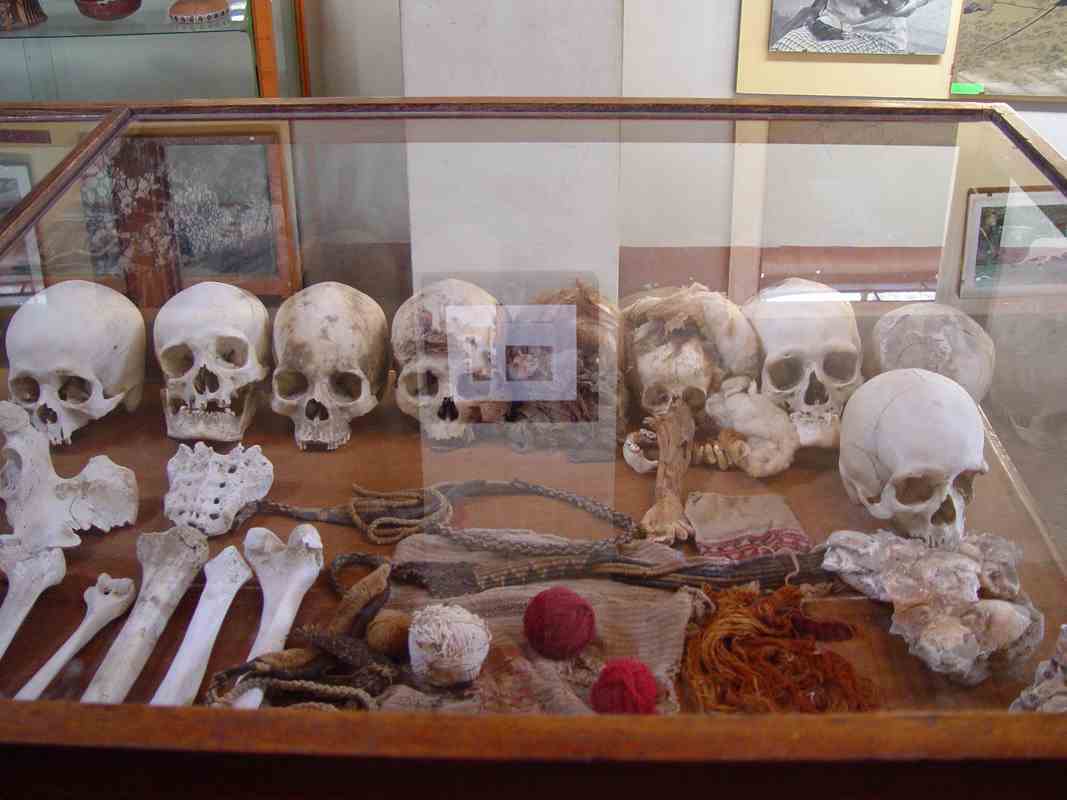
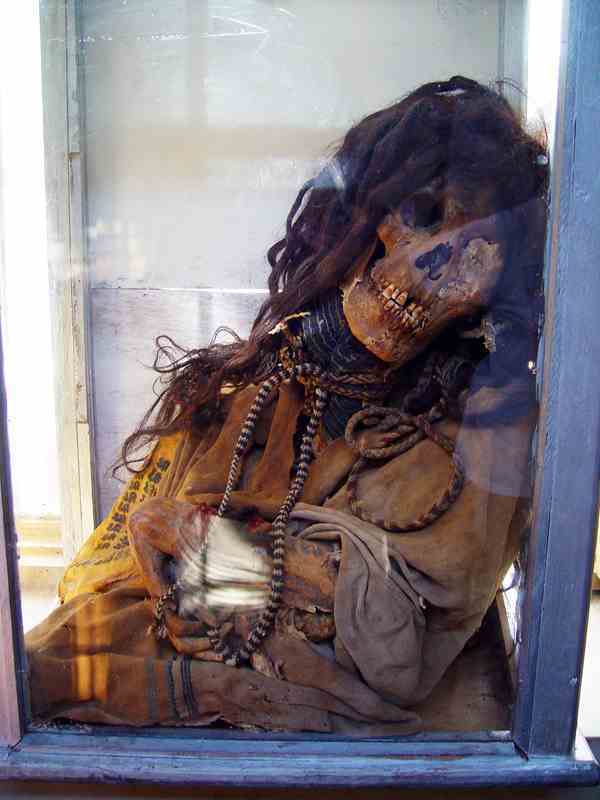
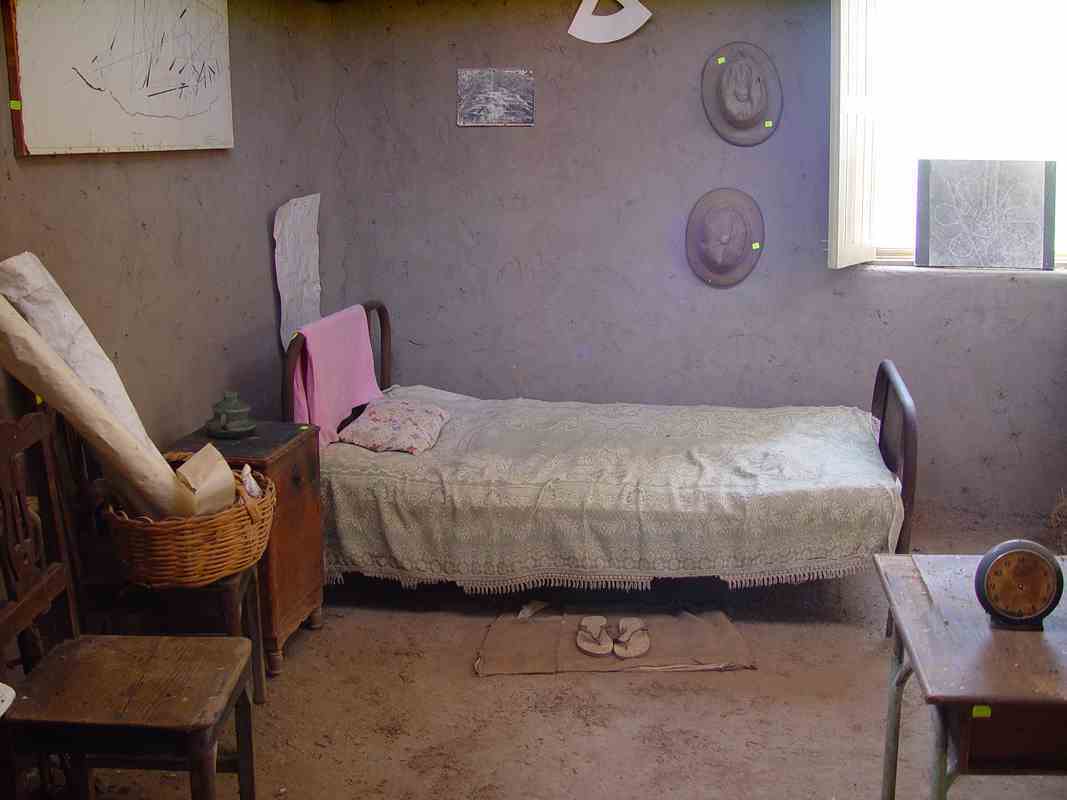
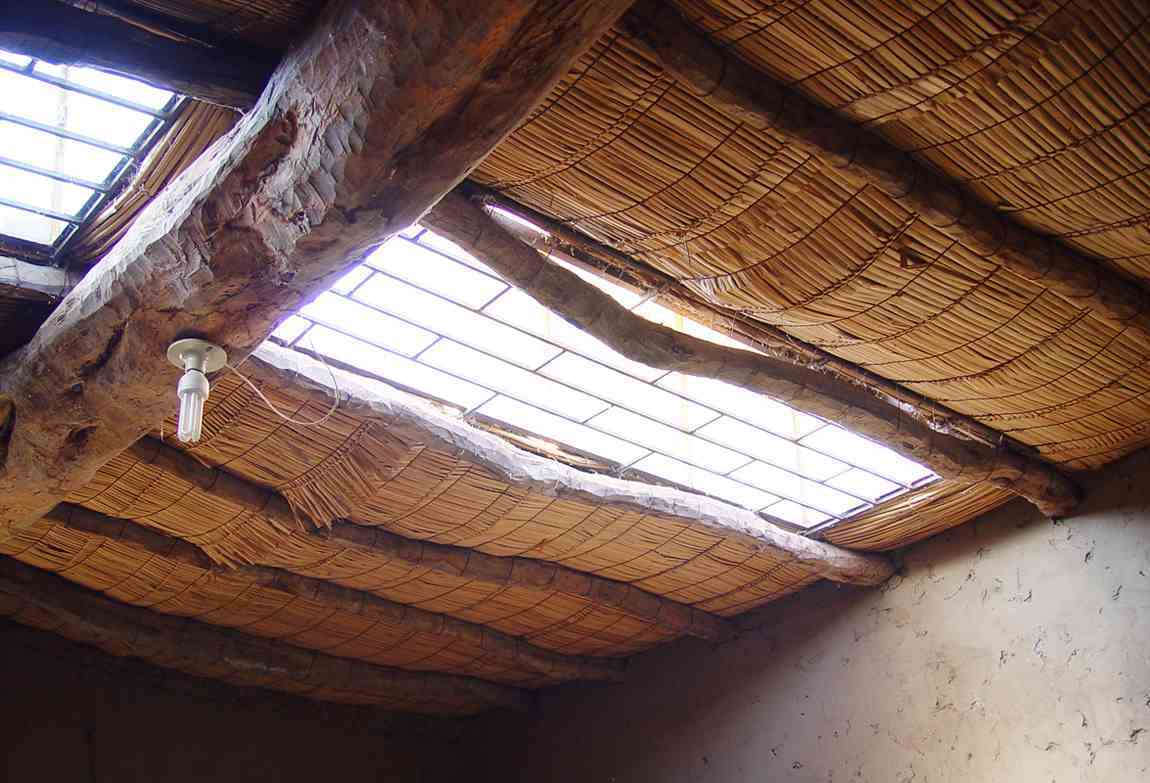
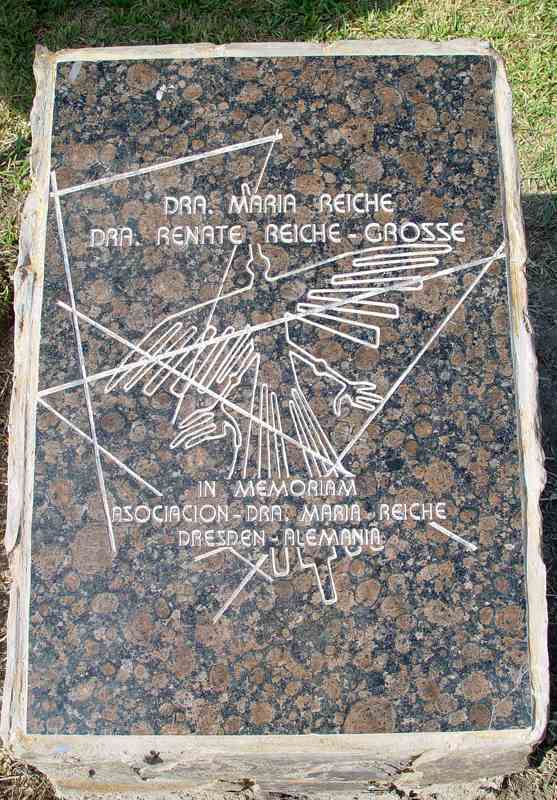
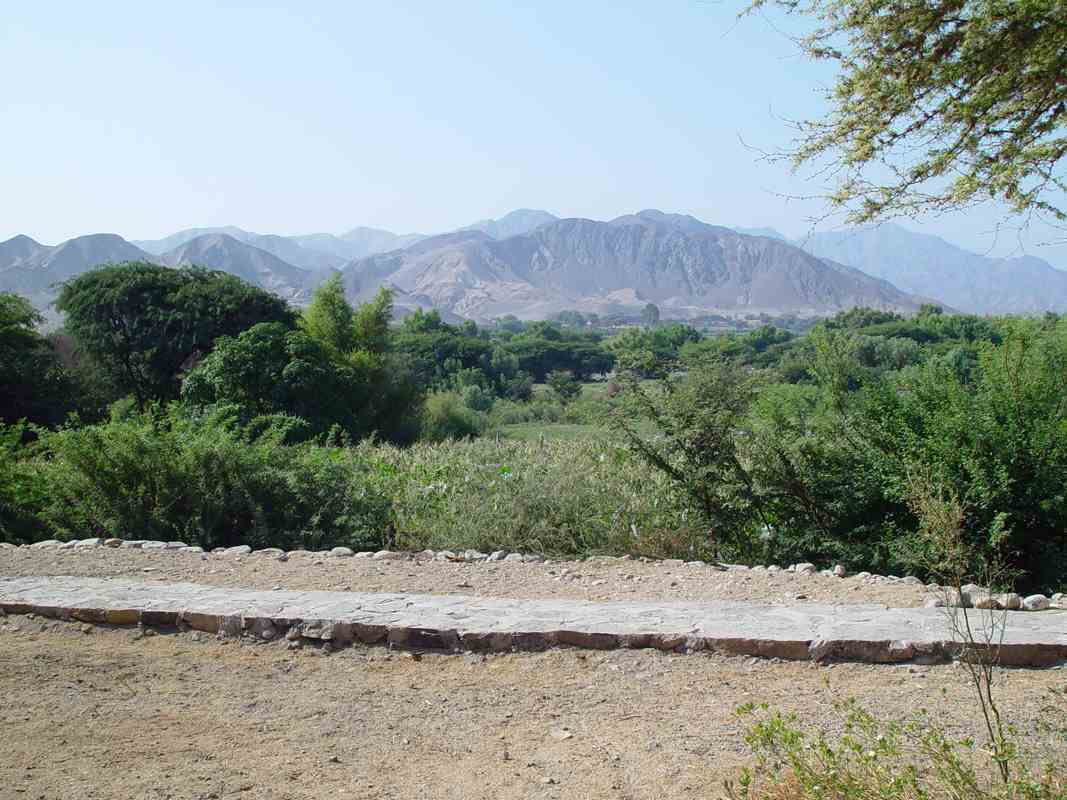

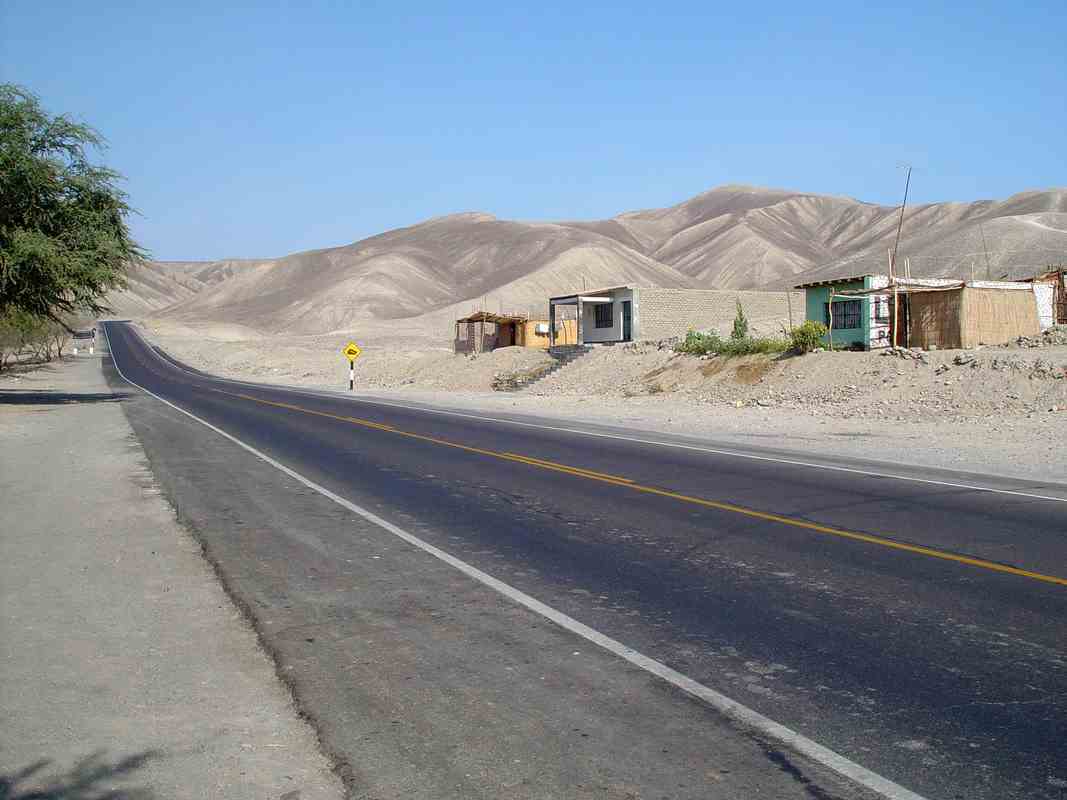
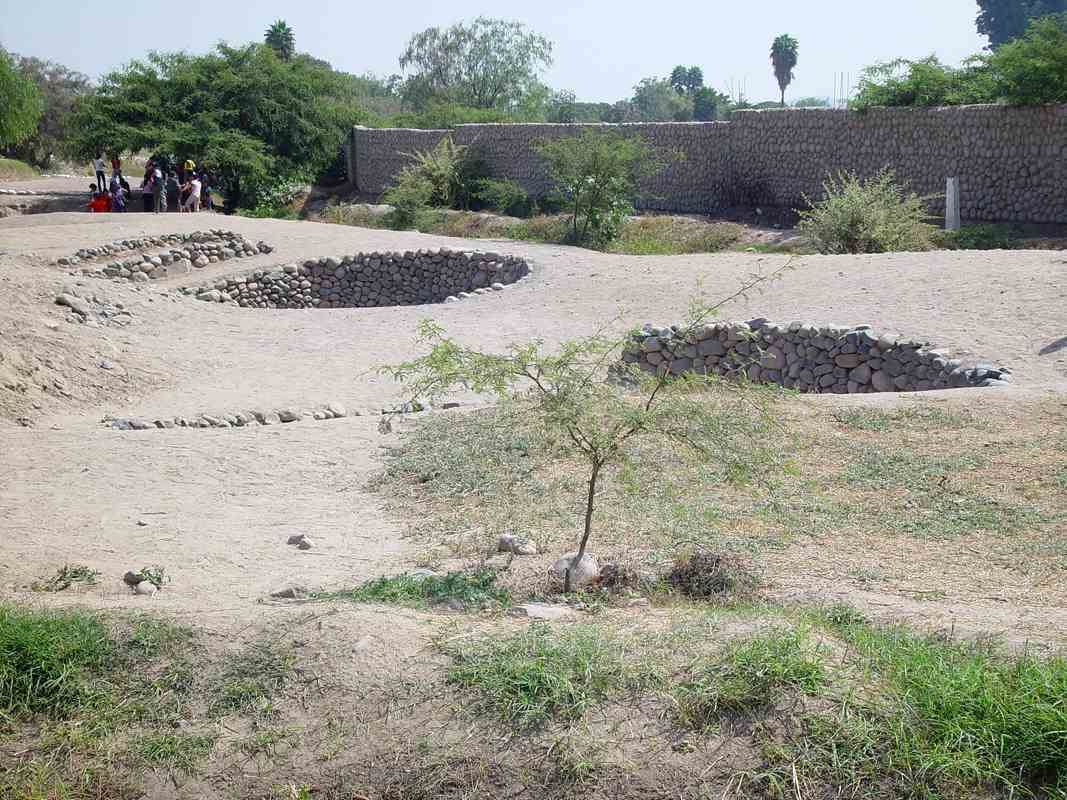
Some photos from the Internet ...
Astronaut or Human or God

Monkey

Hummingbird

Hands


About 400km south of Lima,
The Nazca Lines were first spotted when commercial airlines began flying across the Peruvian desert in the 1920's.
Passengers reported seeing primitive landing strips on the ground below.
The Nazca Lines are an engima. No one knows who built them or indeed why. They are formed by depressions or shallow incisions made in the soil of the Nazca Desert and were created between 500 BCE and 500 CE.
In April-May 2004 we had our third around-the-world trip. In 54 days we travelled to Auckland, Tahiti, Easter Island, Santiago, Lima, Arequipa, Colca Canyon, Sillustani, Lake Titicaca, Puno, Cusco, Sacsayhuman, Tambomachay, Machu Picchu, Aguas Calientes, Sacred Valley, Ollantaytambo, Posada Amazonas, Ica, Nazca, Paracas, Ballestas Islands, Buenos Aires, Iguazu Falls, Itaipu Dam, Rio de Janeiro,
London, St. Petersburg and Singapore.
We had a 4½-hour trip on a very comfortble luxury coach south from Lima to the town of Ica where we stayed overnight.
The next daywe had a 1½-hour drive south from Ica to Nazca for our flight over the Nasca Lines.
Our
40 minute flight was in a 6-seater Cessna Centurian II.
Since their discovery, the Nazca Lines have inspired fantastic explanations from ancient gods, a landing strip for returning aliens,
a celestial calendar, used for rituals or a map of underground water supplies.
In the middle of this photo is the whale as shown in the next photo.
The plane flew at about a 1000 feet above the ground over the lines.
The Nazca plain has the ability to preserve the markings upon it, due to the combination of the climate (one of the driest on Earth,
with only twenty minutes of rainfall per year) and the flat, stony ground which minimises the effect of the wind at ground level.
With no dust or sand to cover the plain, and little rain or wind to erode it, lines drawn here tend to stay drawn.
The pebbles which cover the surface of the desert contain ferrous oxide. The exposure of centuries has given them a dark colour.
When they are removed, the lighter-coloured subsoil beneath the desert crust creates a contrast hence creating the lines.
The pebbles which cover the surface of the desert contain ferrous oxide. The exposure of centuries has given them a dark colour.
When they are removed, the lighter-coloured subsoil beneath the desert crust creates a contrast hence creating the lines.
The astronaut or human or God.

The monkey with the spiral tail

The Dog

The viewing tower beside the Pan American Highway which we climbed on the way back to Ica.
The Spider

The Condor
The Parrot
The Hummingbird



The Parrot

The viewing tower with the hands behind it


The terminal at the Nazca airstrip
The Nazca Lines viewing tower on the Pan American Highway
The hands
At the nearby Maria Reiche museum.
She was a German mathematician (1905-1998) who spent her life studying the Nazca Lines.
The
Kantalloc Aqueducts near Nazca.
The Nazca people revered water and they used to hold dances in these
spirals to celebrate.
They
used the water for irrigation.
Some photos from the Internet ...
Astronaut or Human or God

Monkey

Hummingbird

Hands
